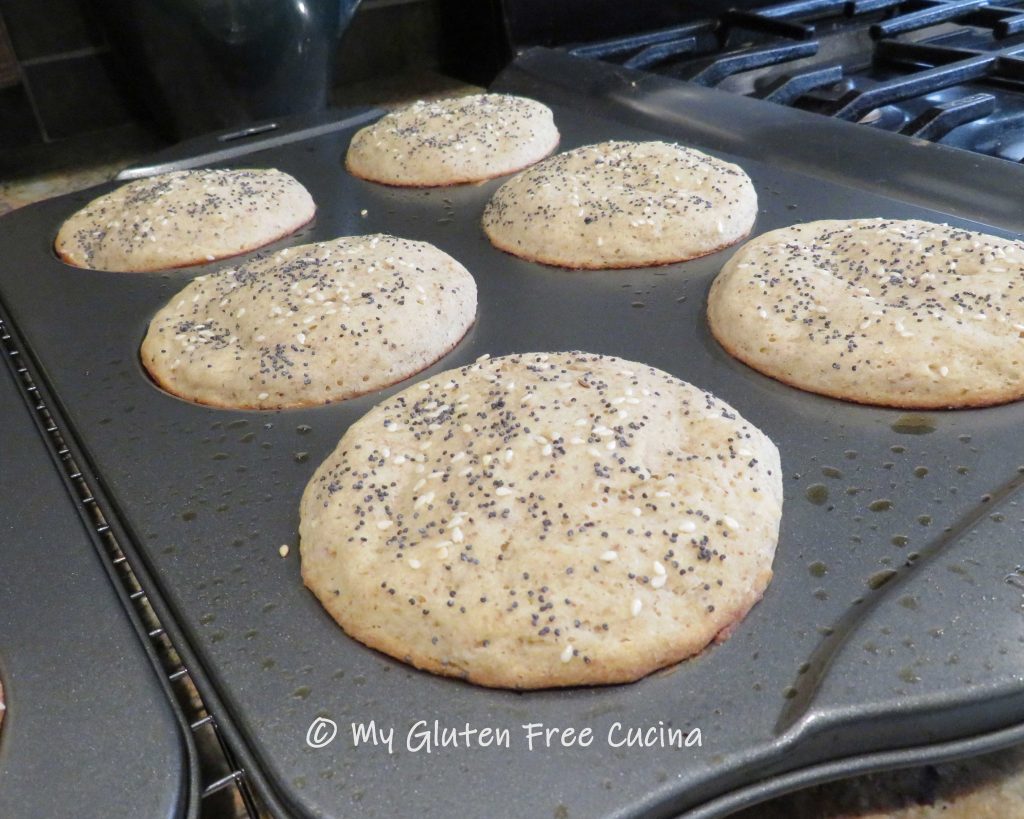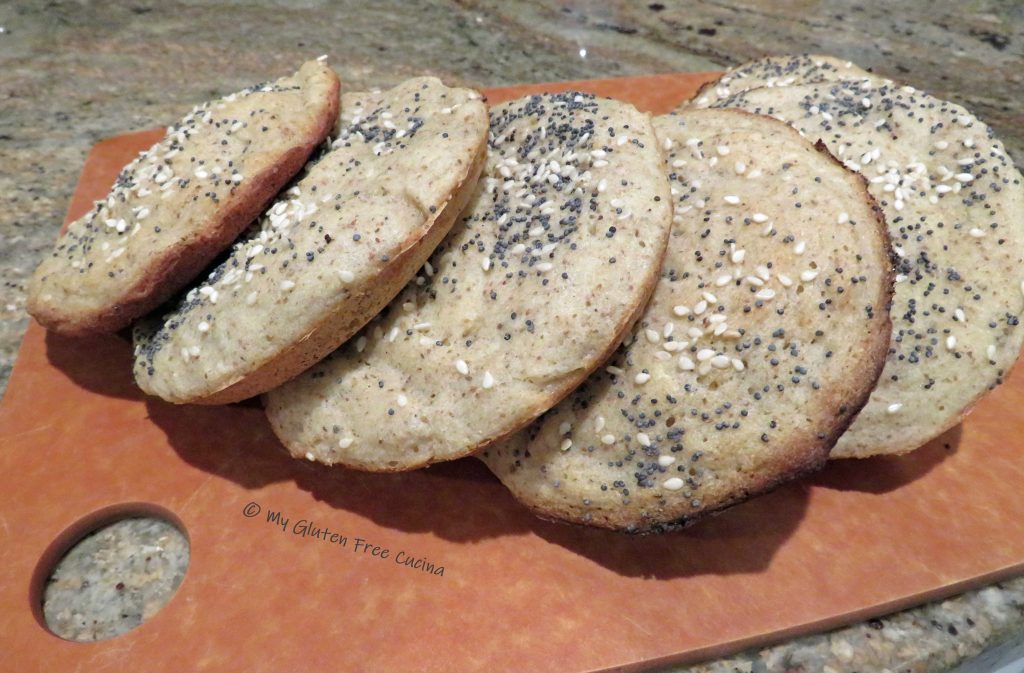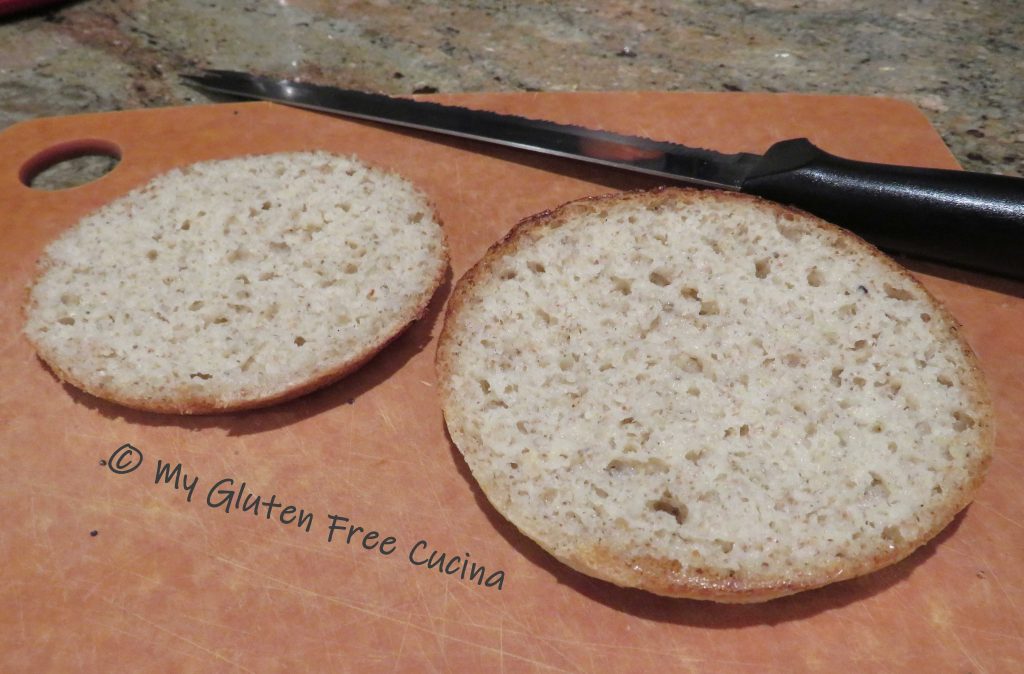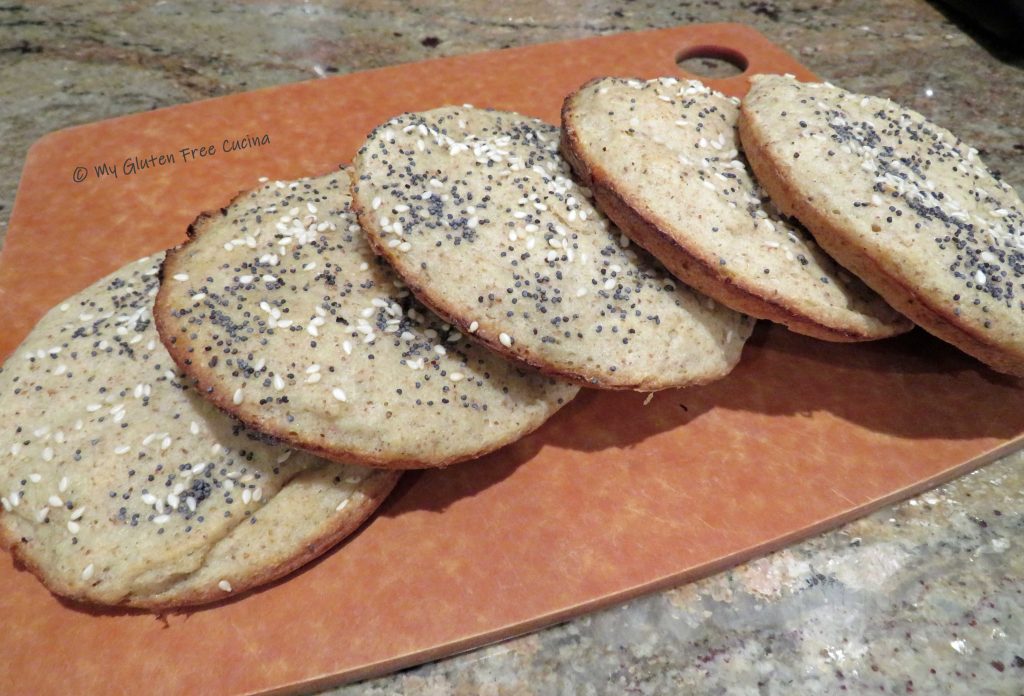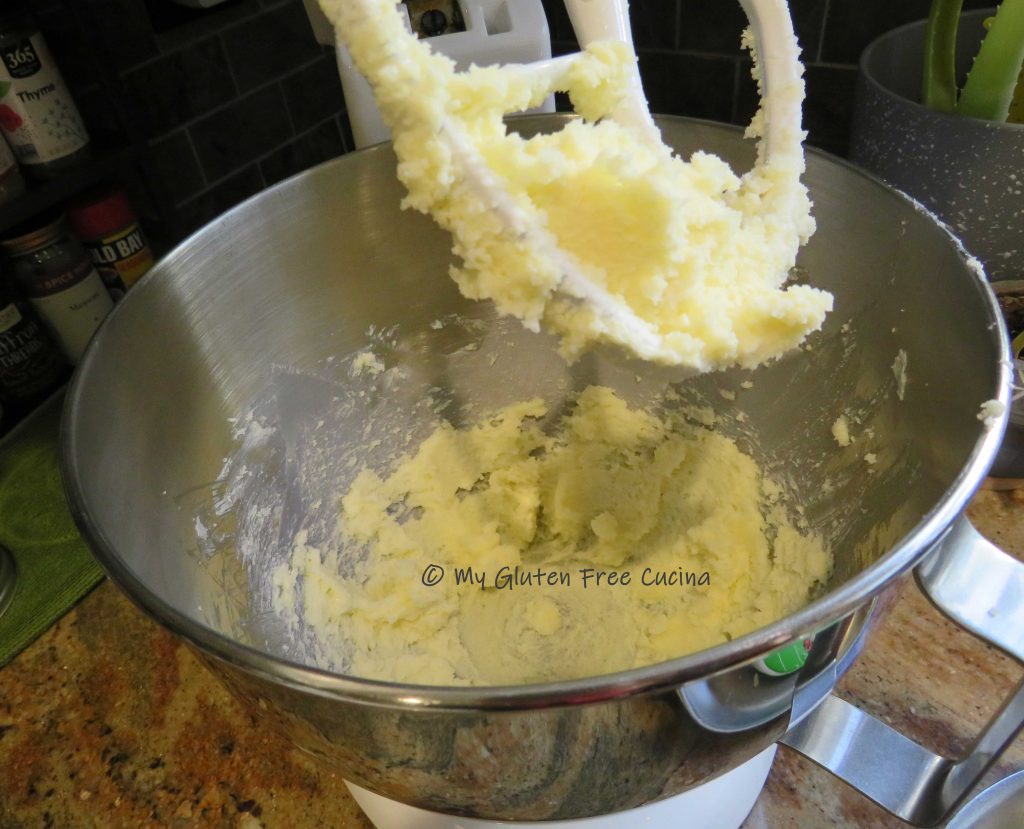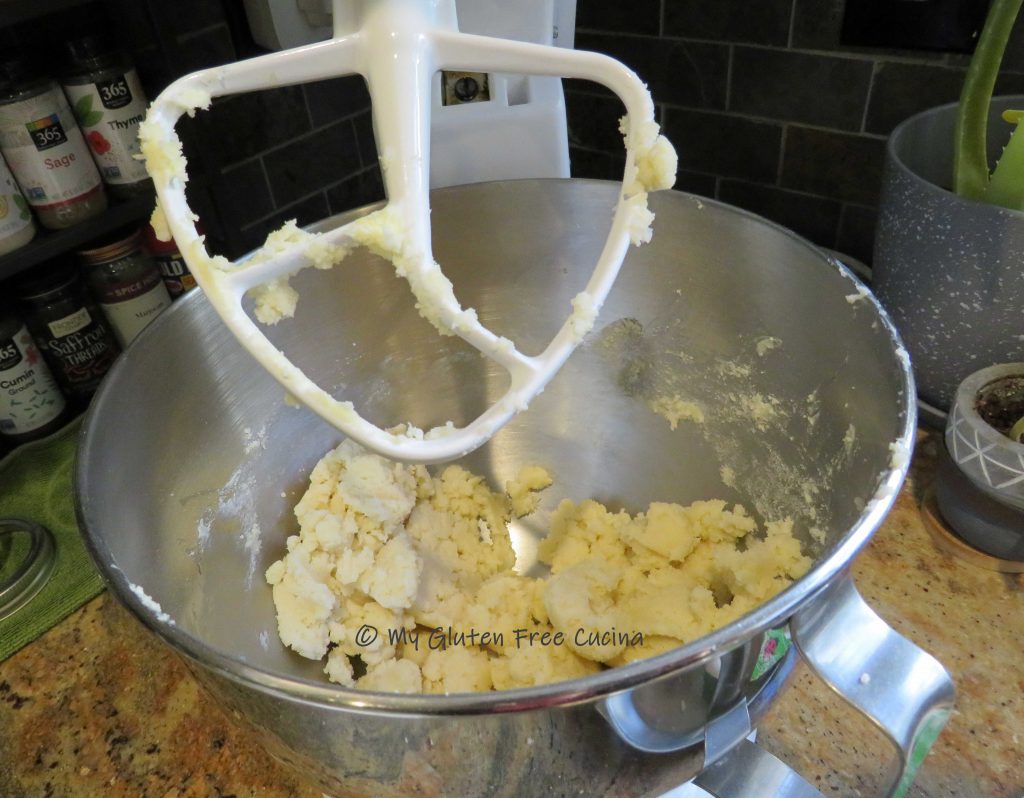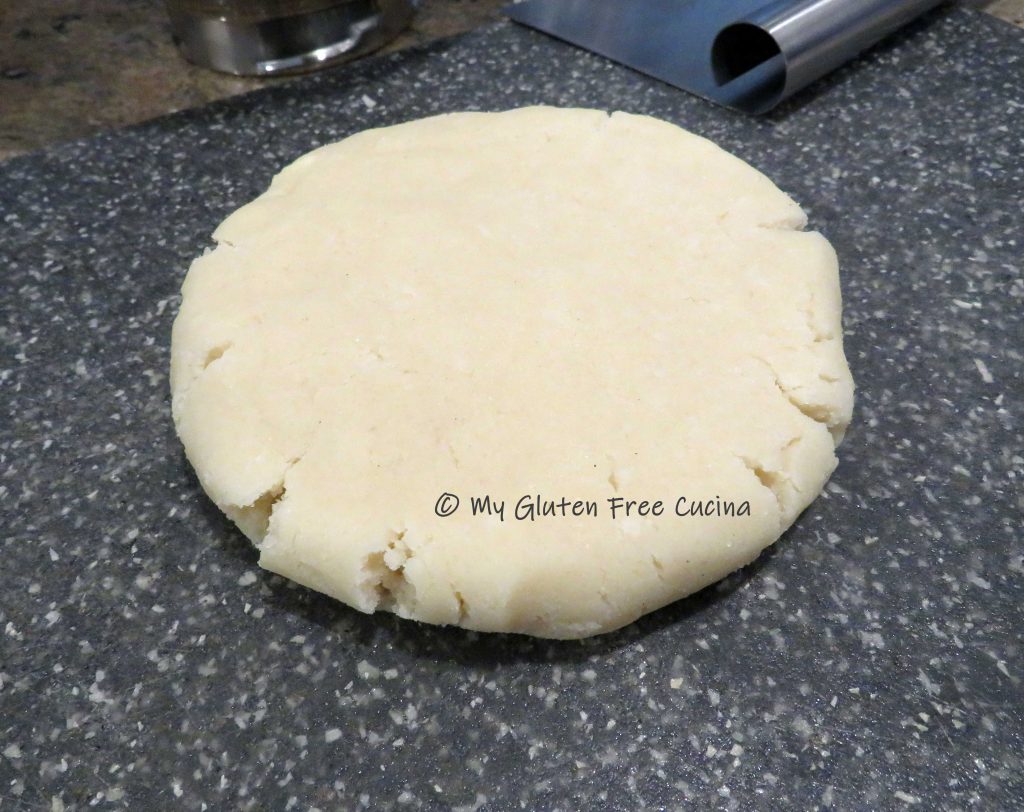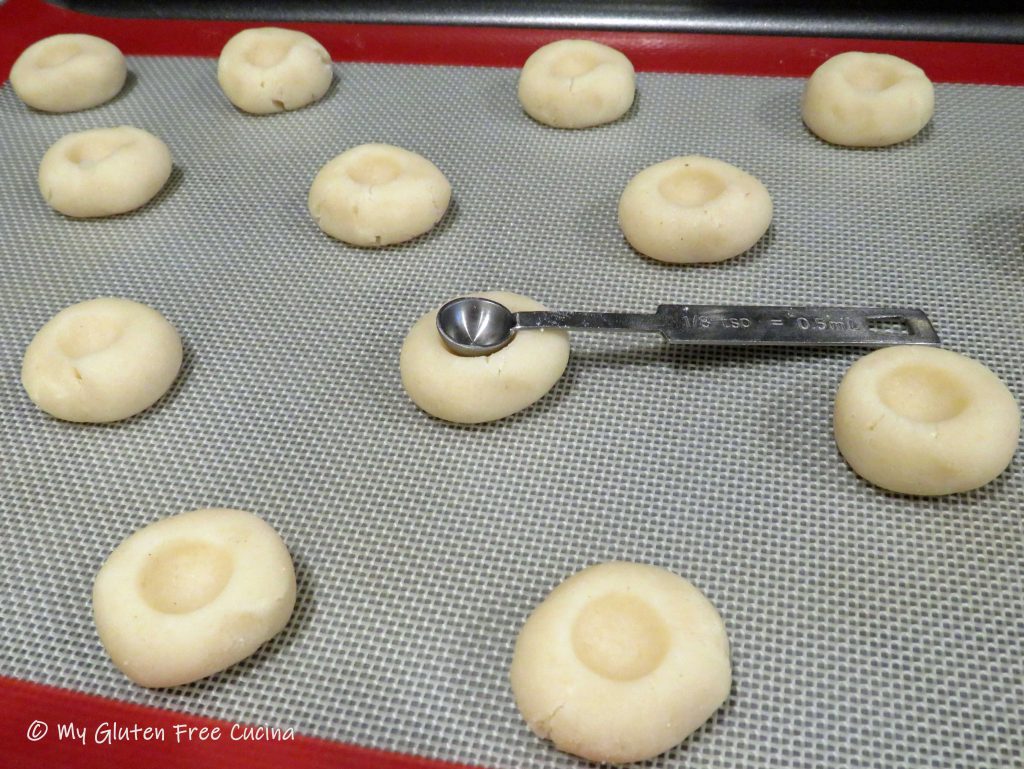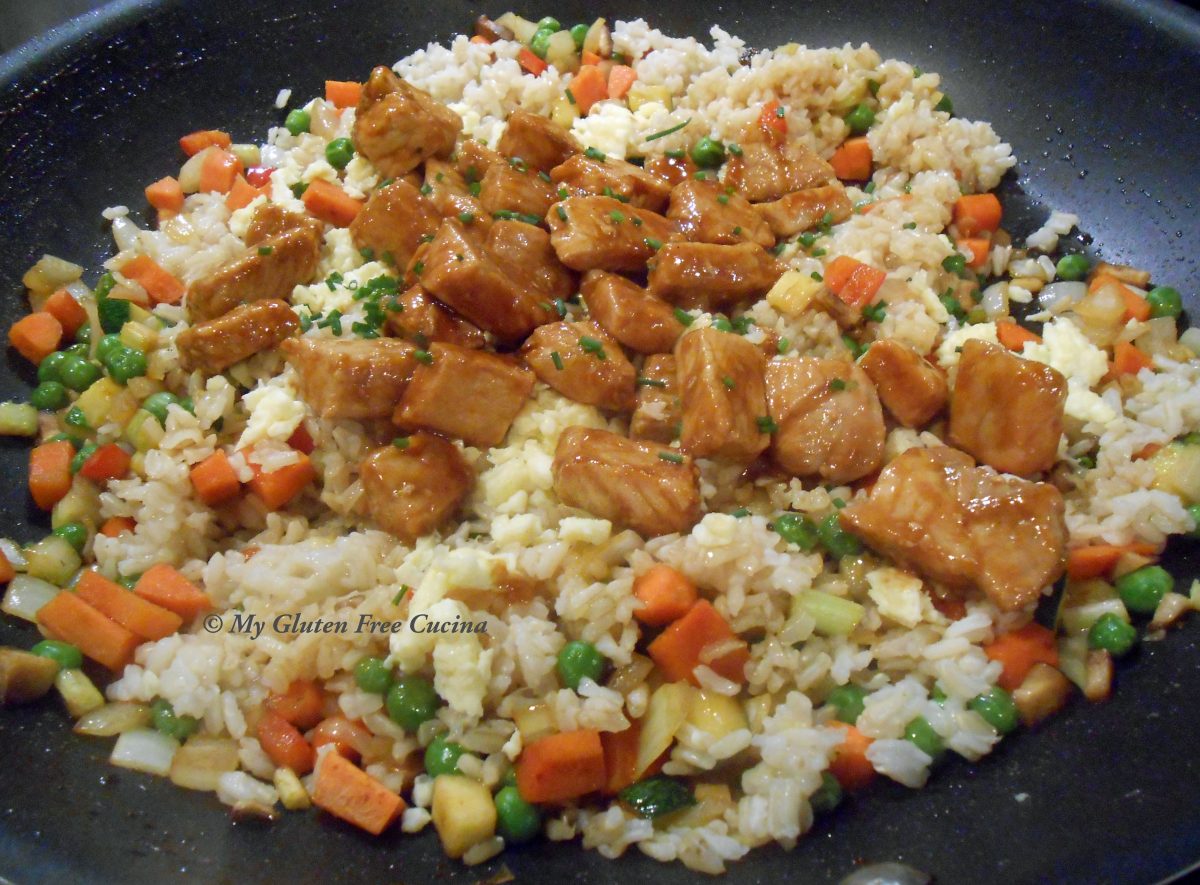I was born and raised in RI and have lived here for most of my life. This post celebrates a Rhode Island icon of my youth, Rocky Point Park. The amusement park, which operated from the late 1840s until it closed in 1994 was a favorite childhood destination for its incredible thrill rides. Shore Dinner Hall at Rocky Point was the place to go for clam cakes and chowder that were famously served to thousands at a time.
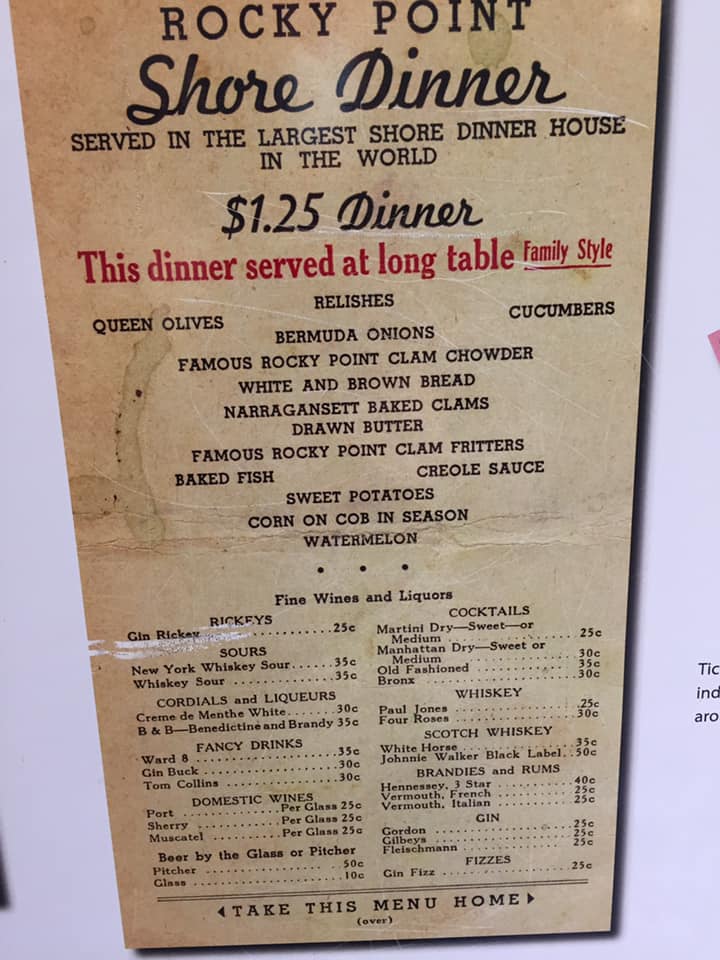
Copycat recipes abound for Rocky Point Red Clam Chowder. Here is my gluten free rendition, and I think it is a fitting tribute to the original!
This post contains affiliate links.
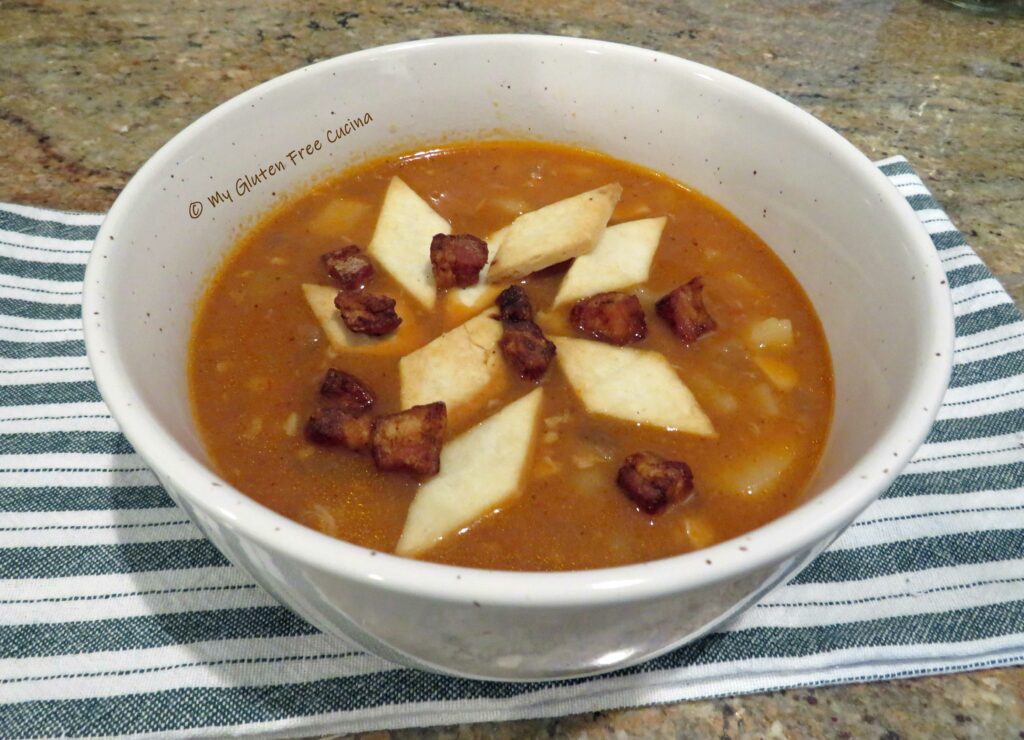
Fresh clams are always available in RI, but if you don’t want to do all that prep, frozen raw clams are a great alternative. They are so much better than canned, and worth seeking out. Remember, clams cook quickly and should only be added to the chowder during the last 5 minutes of cooking.
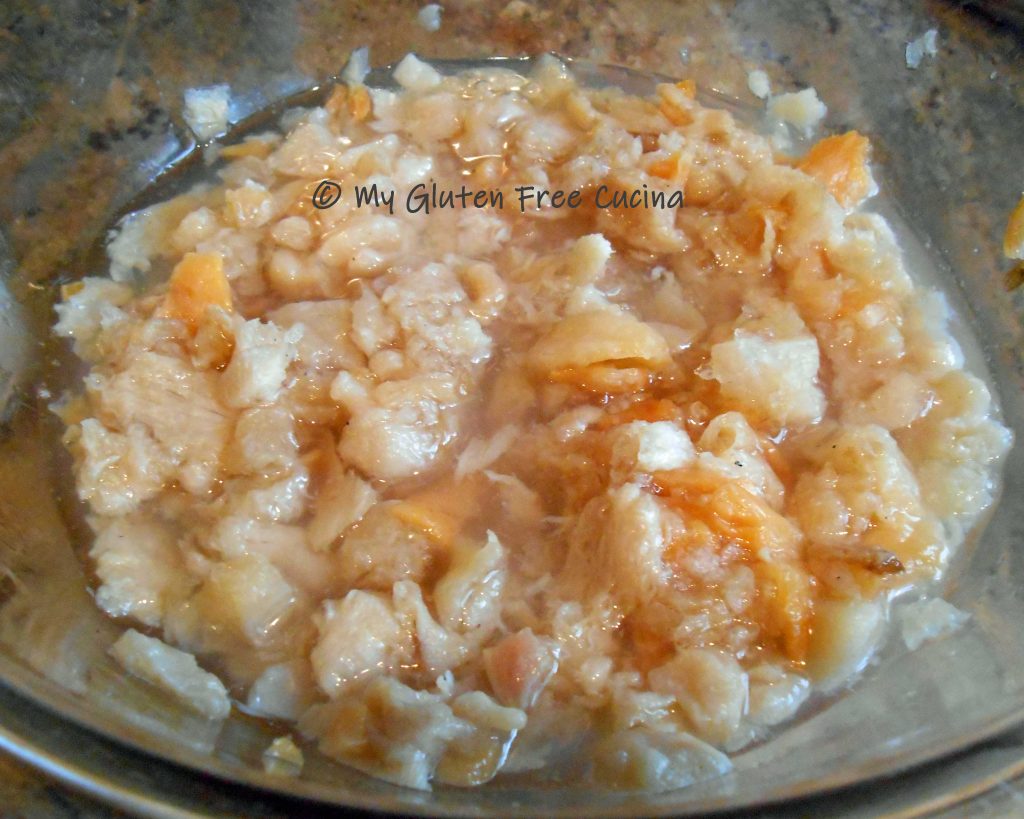
Ingredients:
- 4 oz. salt pork
- 3 tbsp. unsalted butter
- 1 large, sweet onion, diced
- 2 bottles (16 oz. total) clam juice
- 2 large russet potatoes, peeled and diced
- 1 tsp. Old Bay seasoning
- 16 oz. container frozen raw chopped clams, thawed
- 1 can gluten free tomato soup
- 1-1/2 tsp. paprika
- black pepper to taste

Preparation:
Peel and dice the onions and potatoes, dice the salt pork into 1/2″ pieces.

Melt the butter in a Dutch oven or heavy stockpot over medium low heat. Add the diced salt pork and cook for about 15 minutes, stirring constantly. Take your time here, you want nicely browned pork bits and all the rendered fat that is going to flavor the chowder.
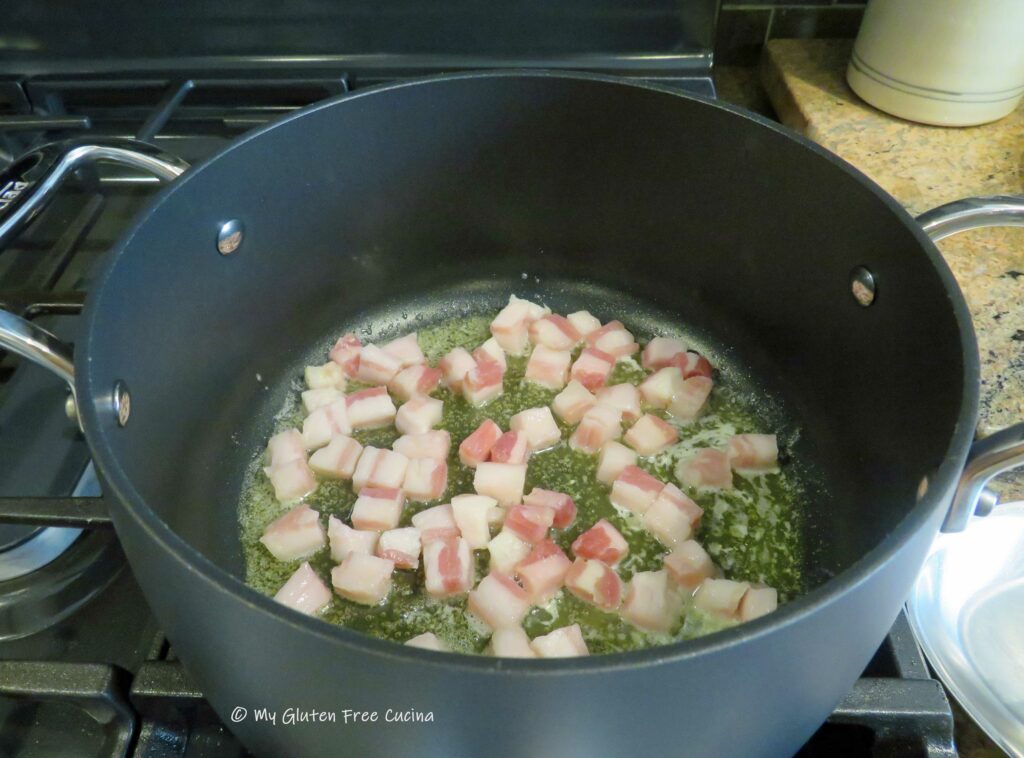
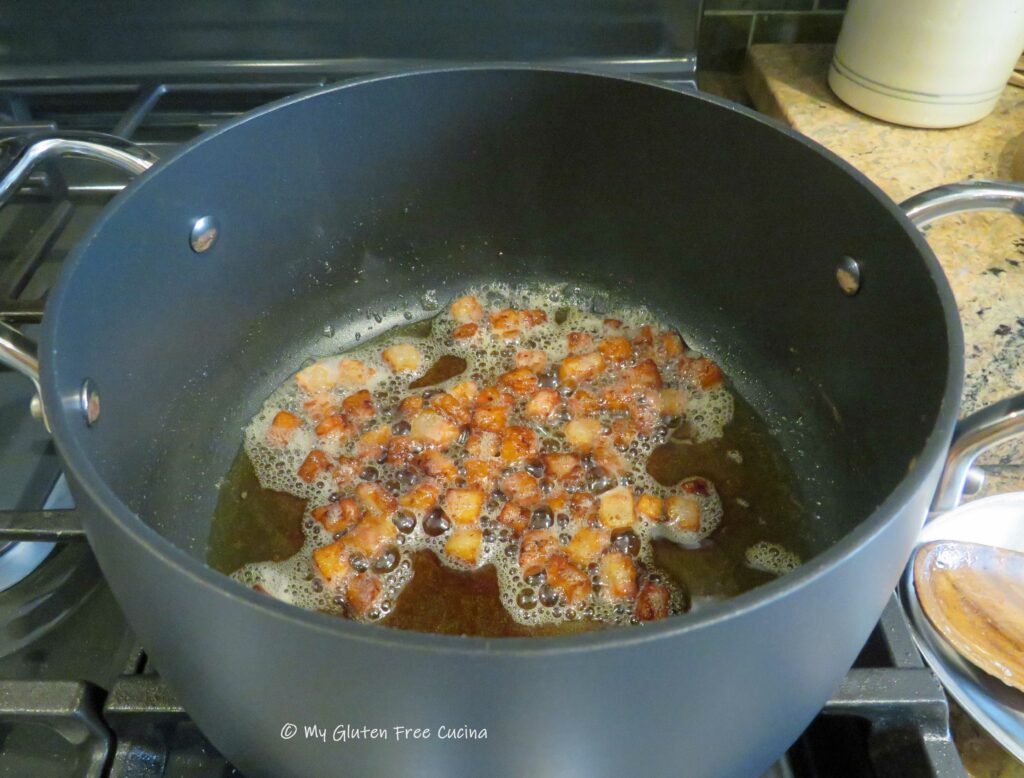
Remove the browned bits with a slotted spoon, drain on paper towels and set aside for garnish. Reserve the fat in the pan.
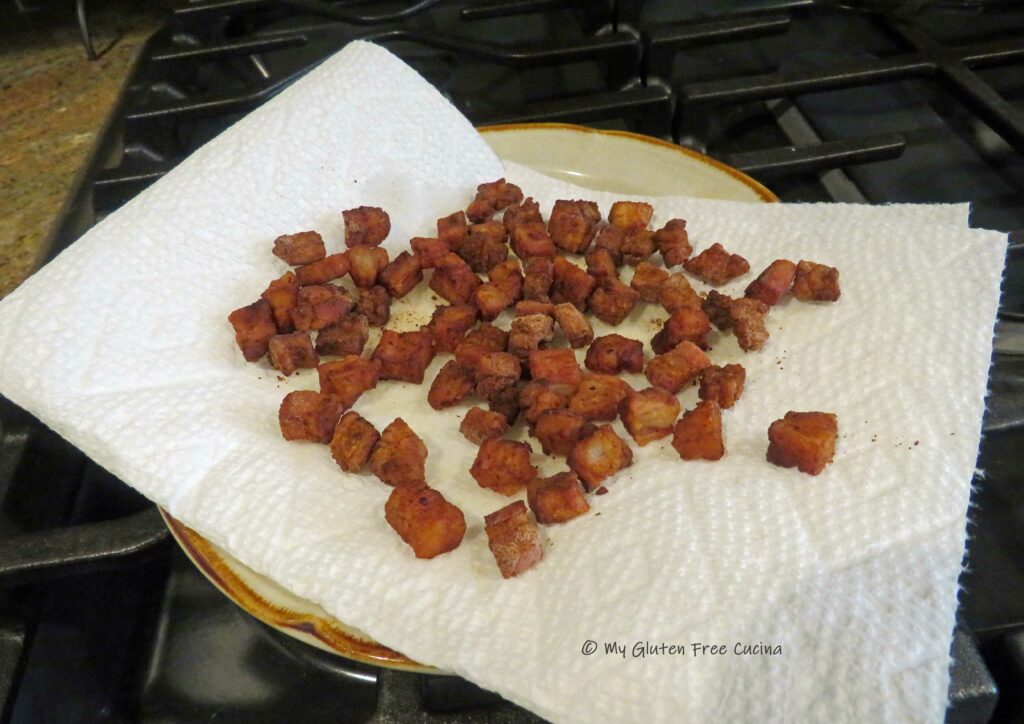
Add the onions and cook 5 minutes, stirring frequently.
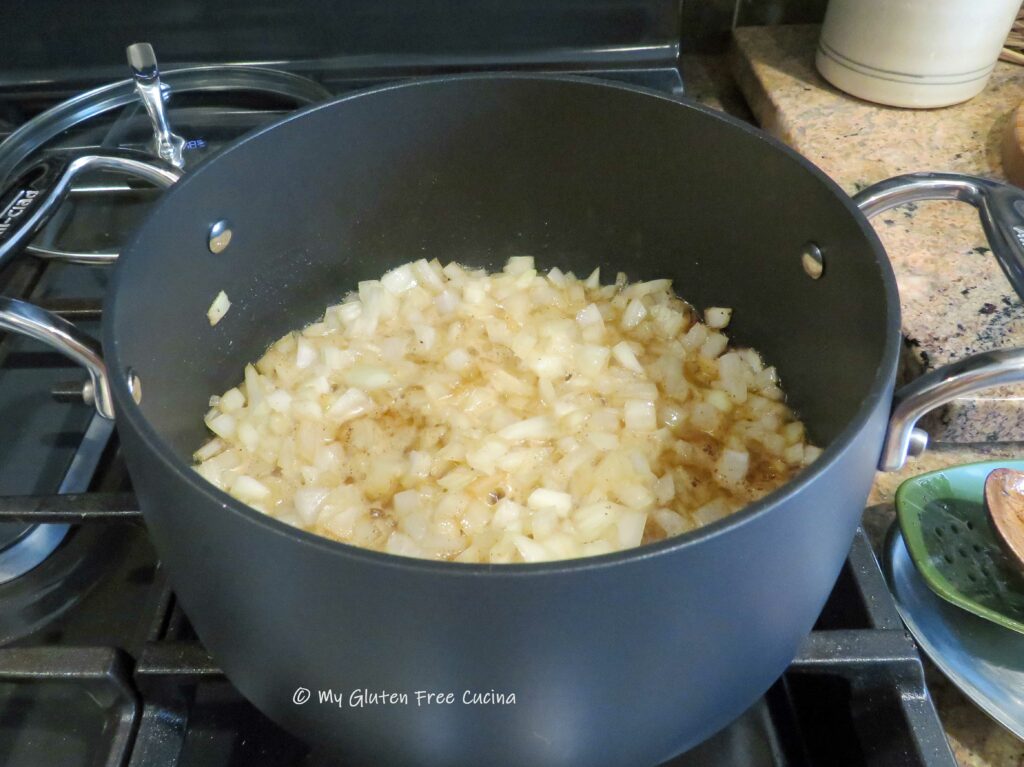
Add the potatoes, clam juice, and Old Bay seasoning. Bring to a boil and simmer 15 minutes.
Finally, add the clams, tomato soup and the paprika. Cook 5 minutes longer (just a simmer, not a rolling boil), season with black pepper and remove from the heat. Let stand for 1 hour before serving.
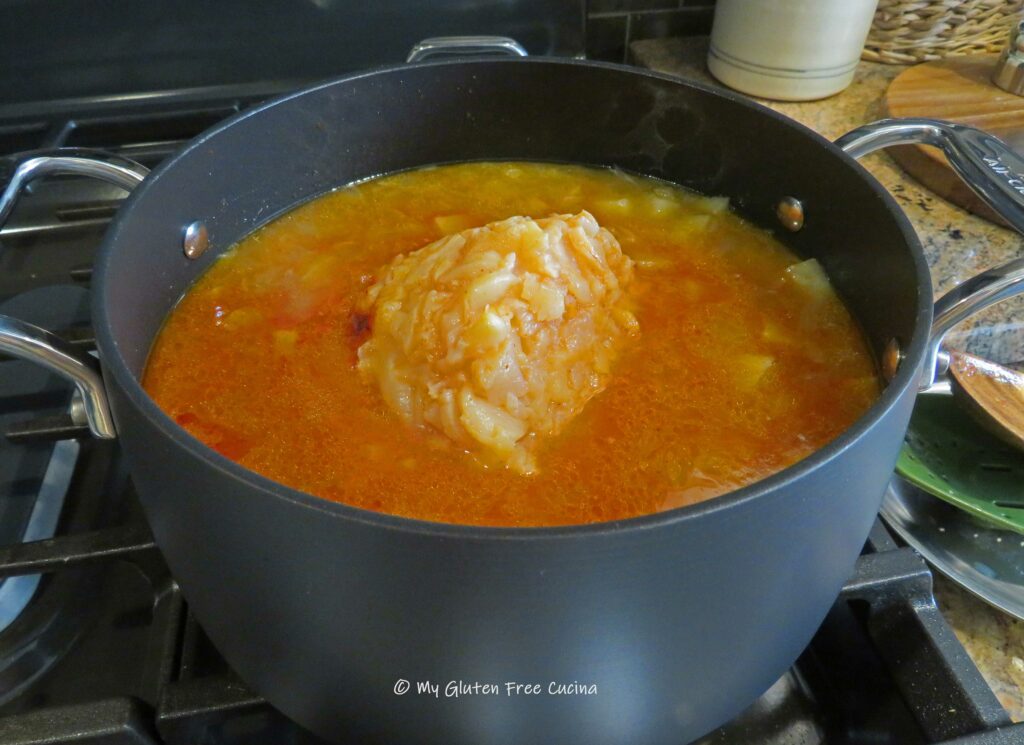
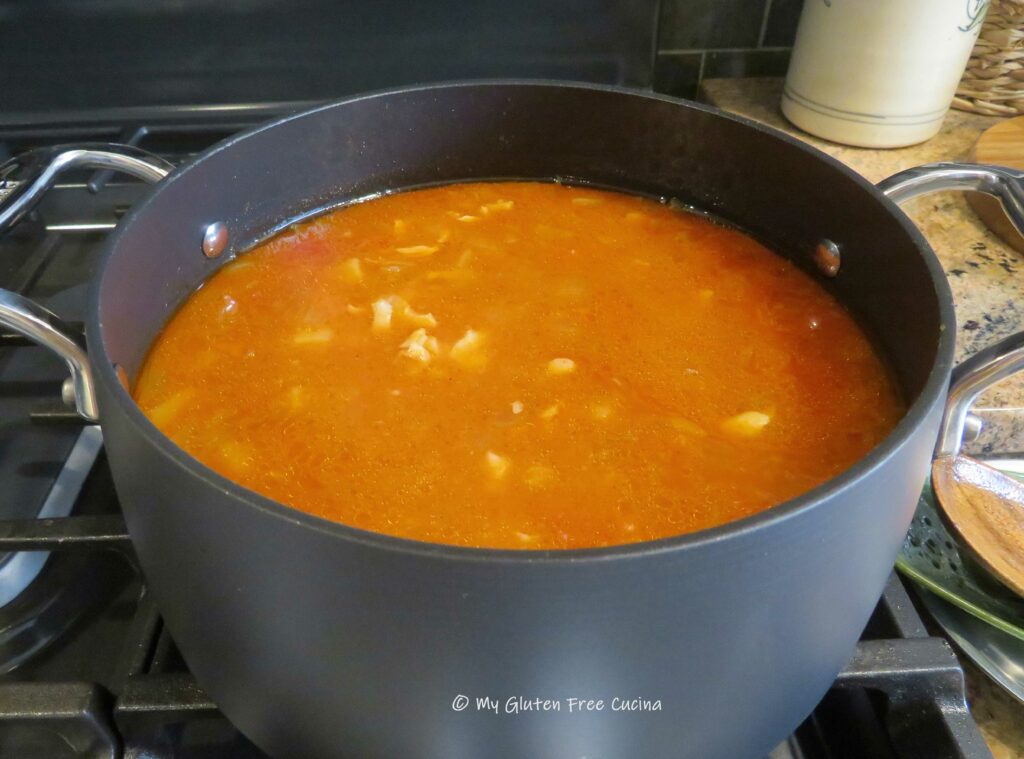
Serve the chowder with a few of the reserved bacon bits for garnish, they really make the flavor pop! And how about those Oyster Crackers? Yes, they are from scratch, and they are gluten free! You’re welcome.
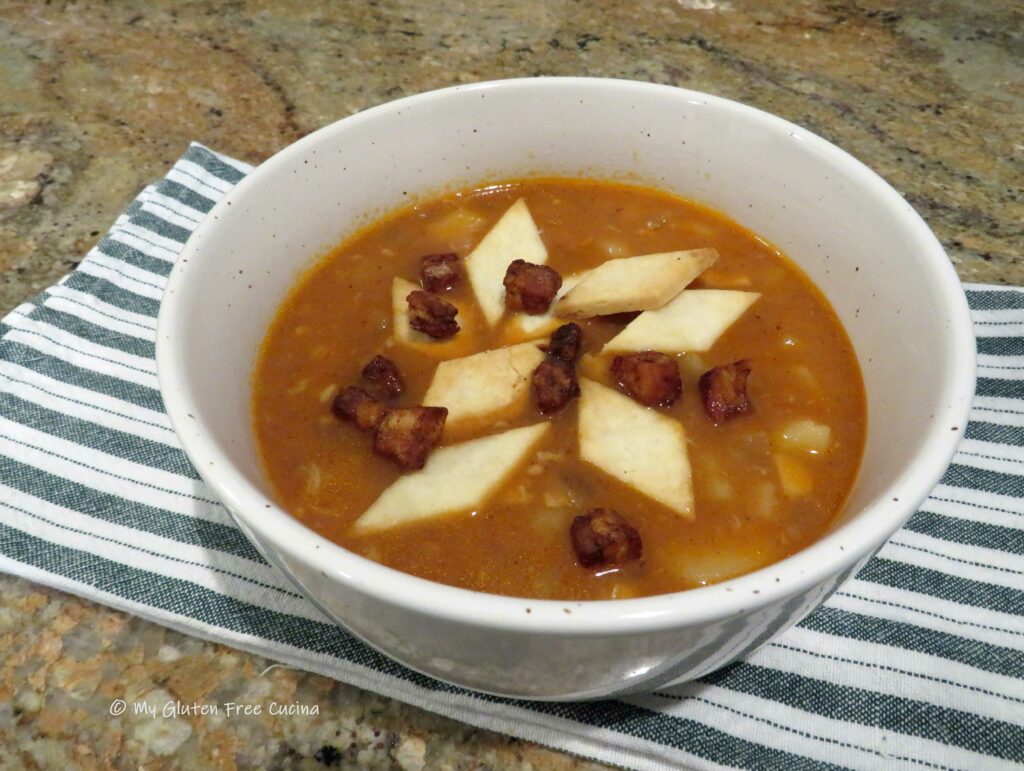
I hope my fellow Rhode Islanders have enjoyed this bit of local nostalgia. Try the recipe and let me know what you think! You don’t have to be gluten free, or a local to love this chowder, it is fabulous!
Notes ♪♫ Many red clam chowder recipes call for a can of condensed tomato soup, but don’t reach for the Campbells! It is not gluten free. I used Health Valley tomato soup, certified gluten free and no salt added. It is very good in this recipe, and I used the unsalted because there are so many other salty ingredients. Always check labels for hidden gluten, and if the salt pork is too much sodium, you can sub a few slices of low sodium bacon.
Originally published 8/31/2018, Updated 5/30/21, Rephotographed 7/16/2024






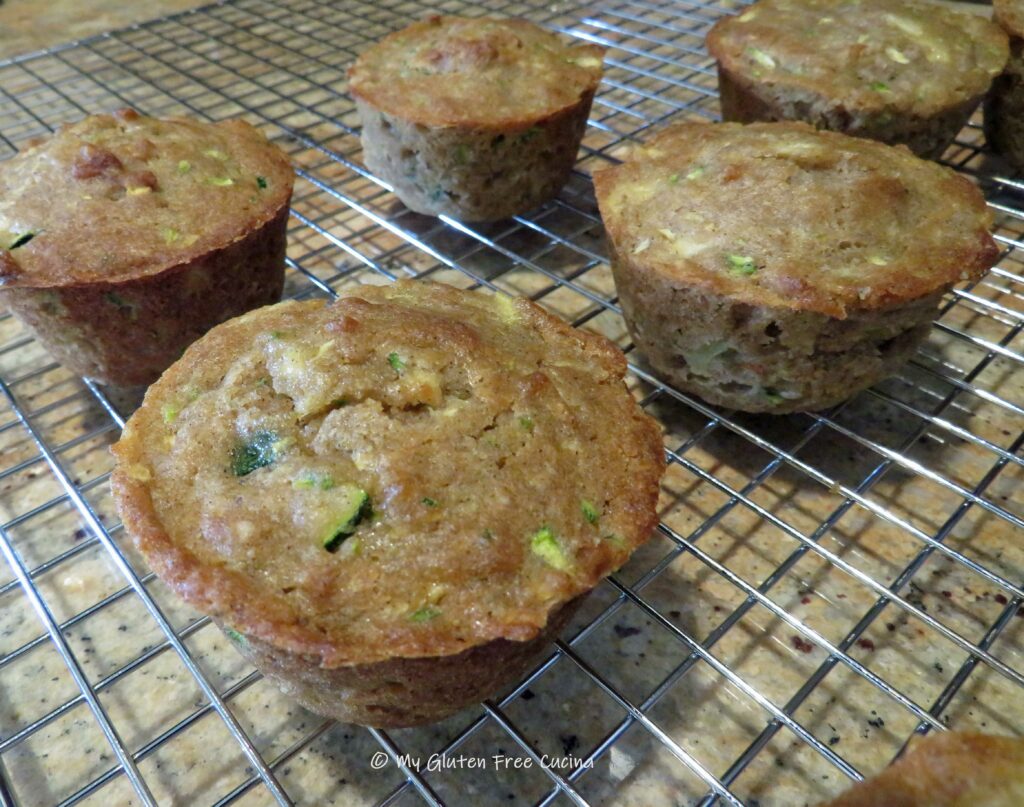
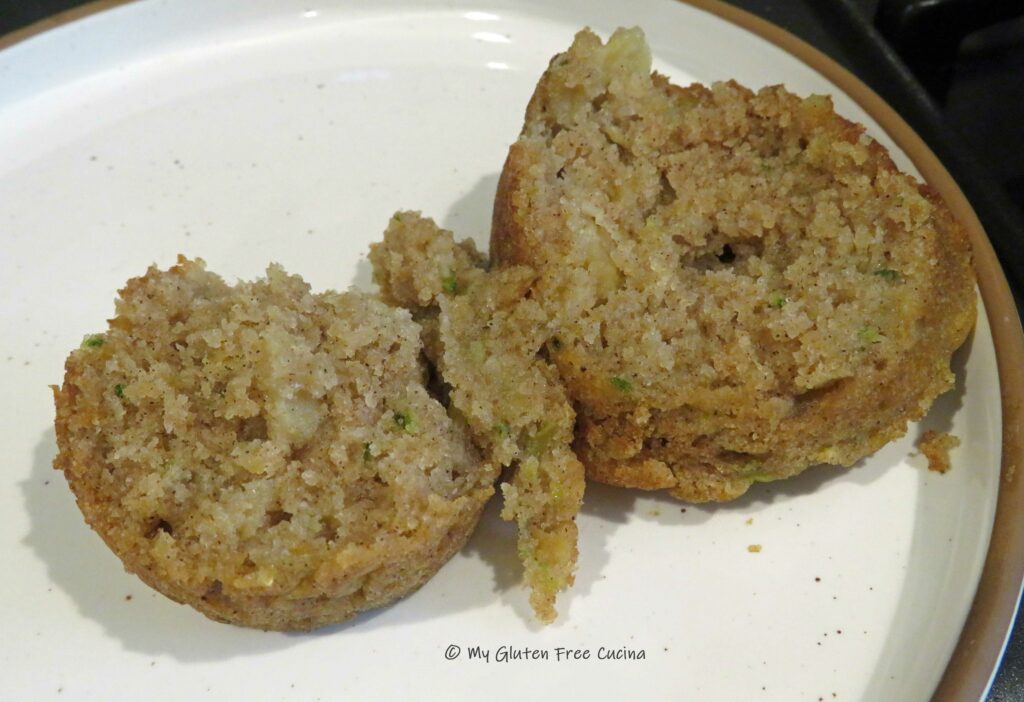
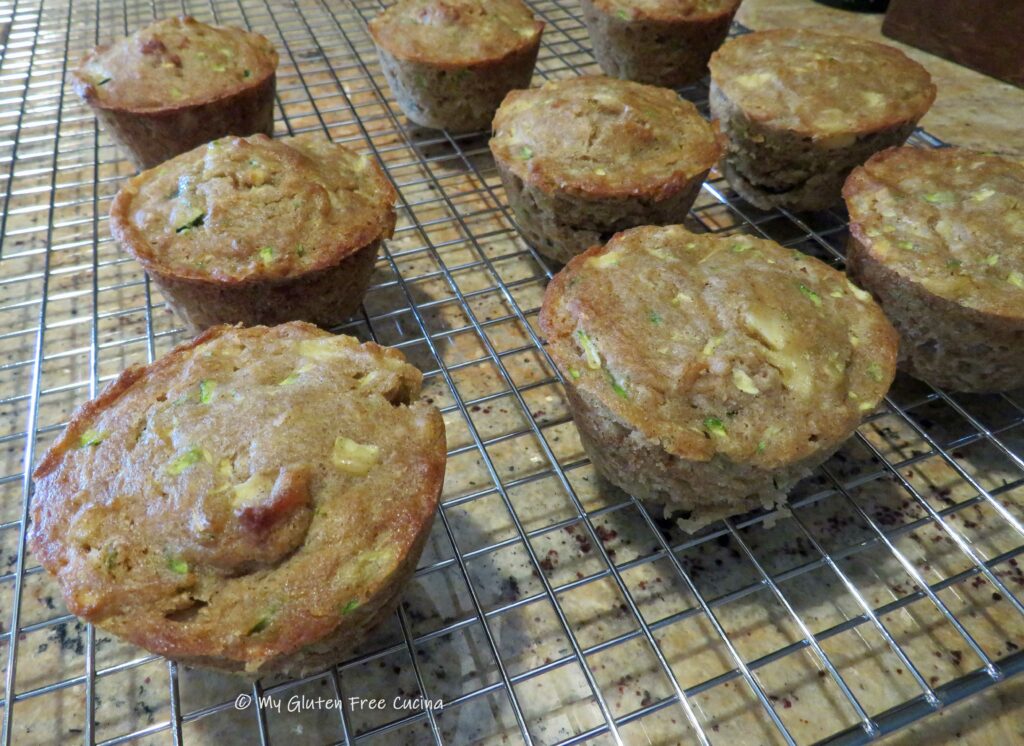 Use an
Use an 
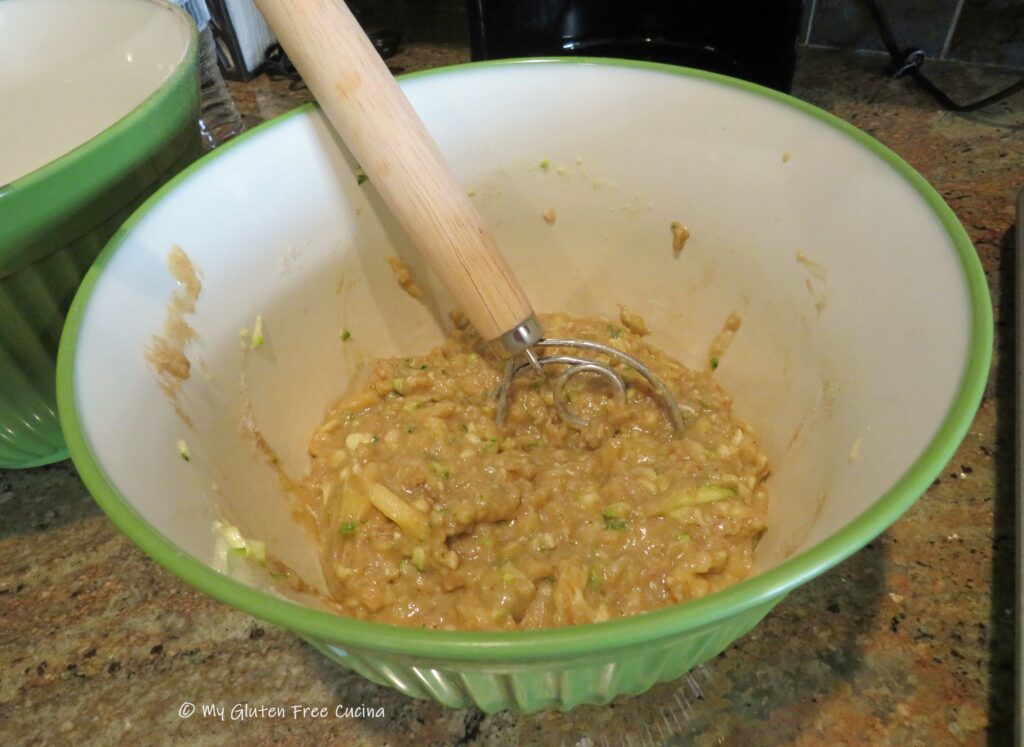

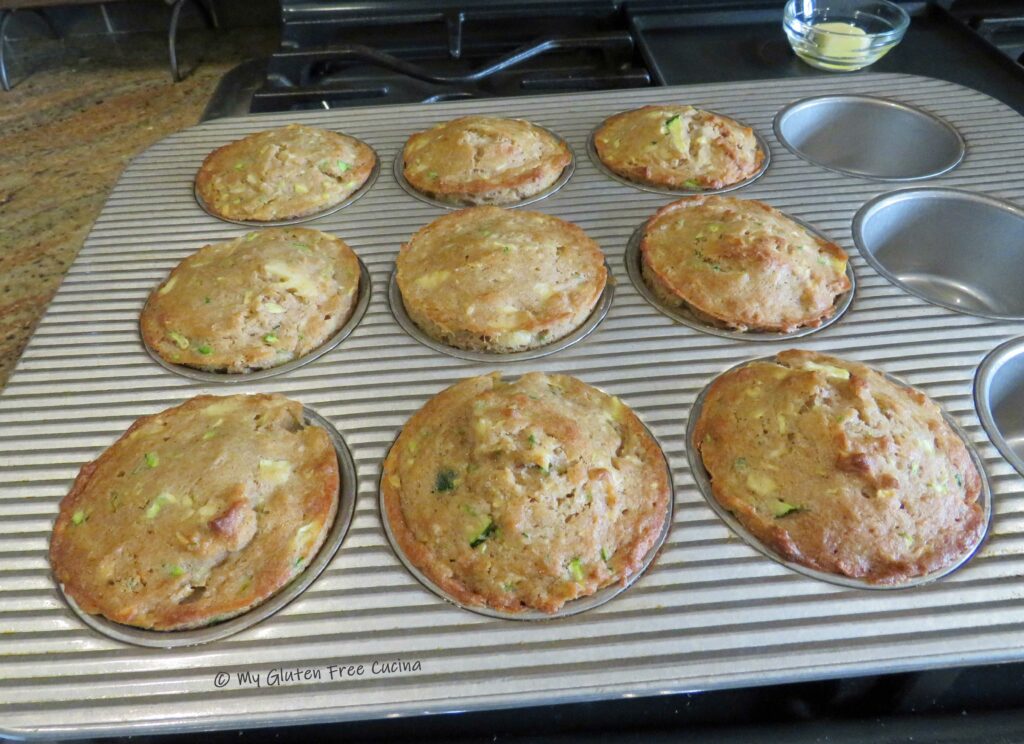

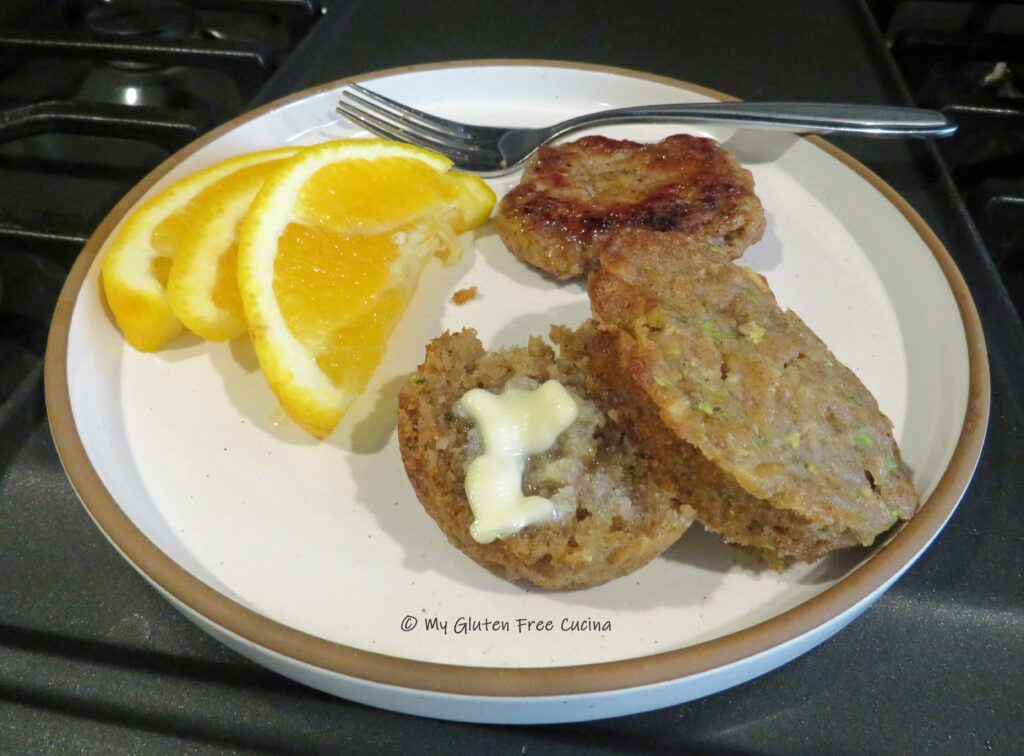
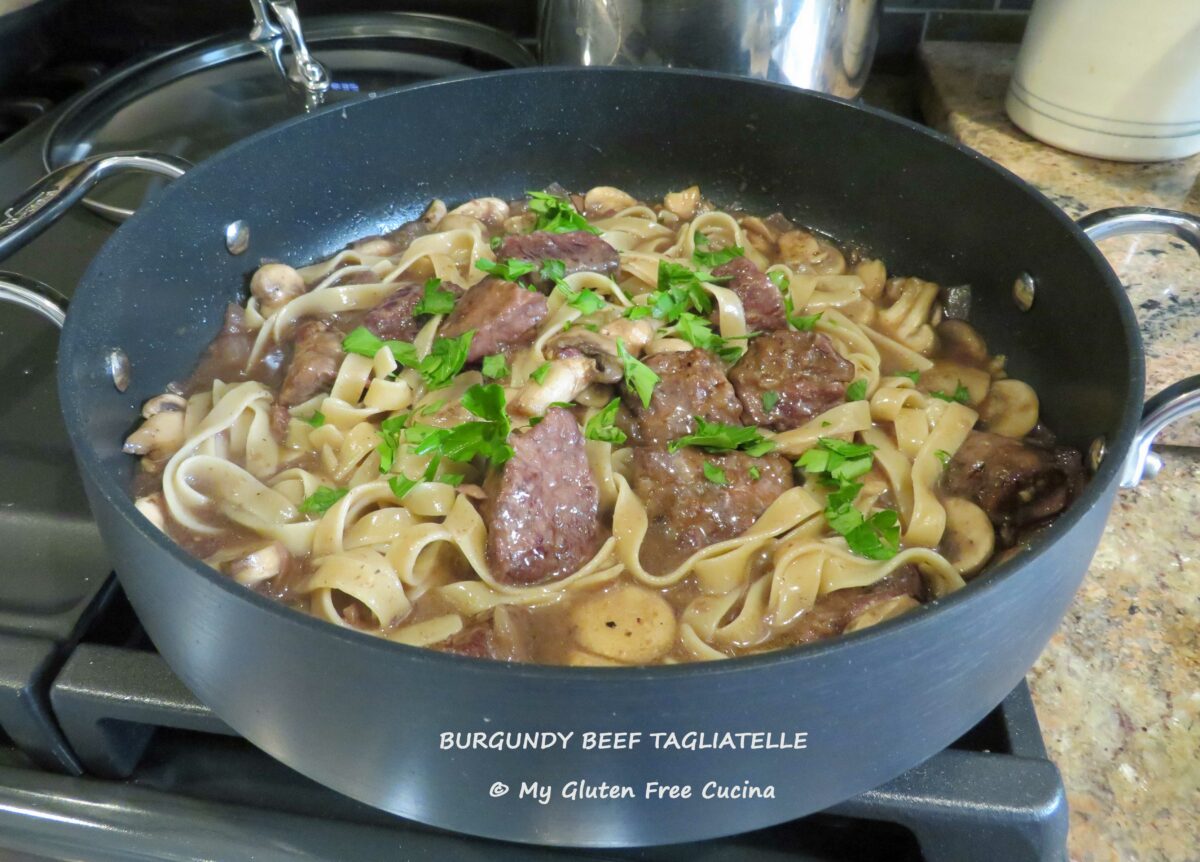
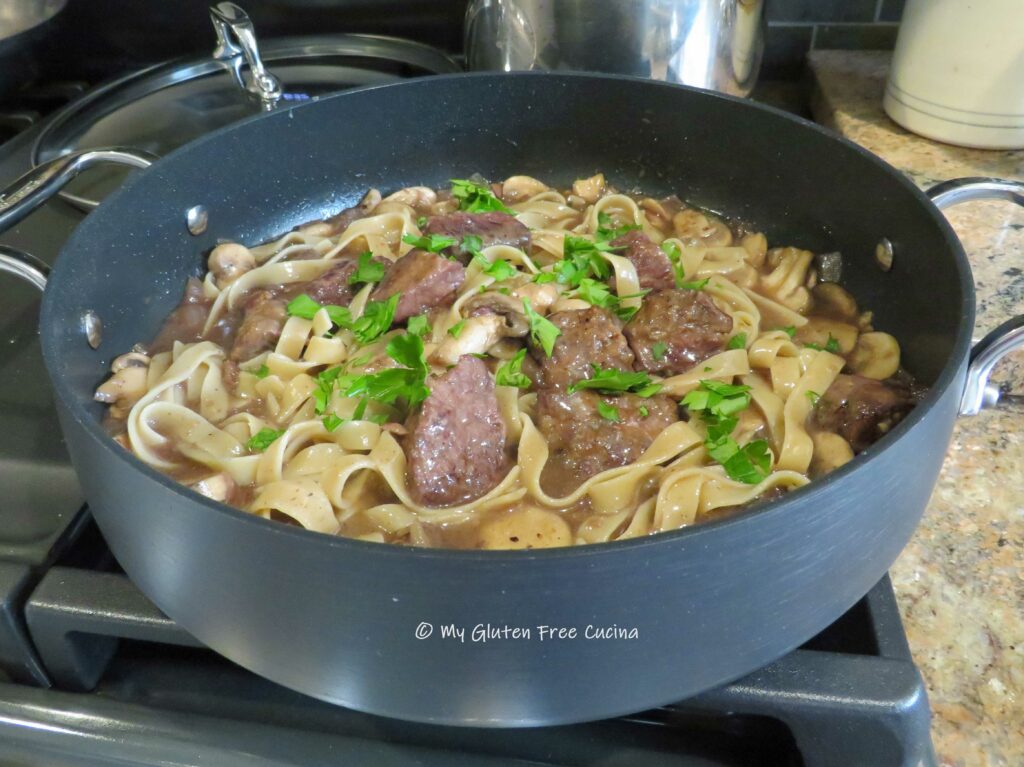
 Preparation:
Preparation:
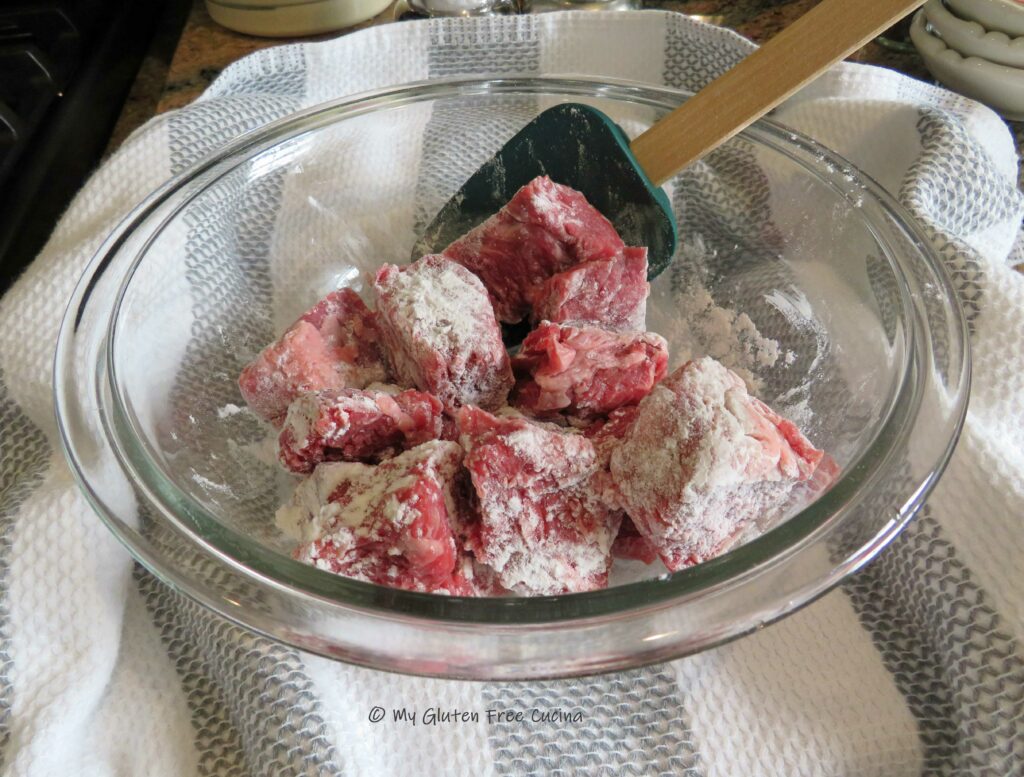
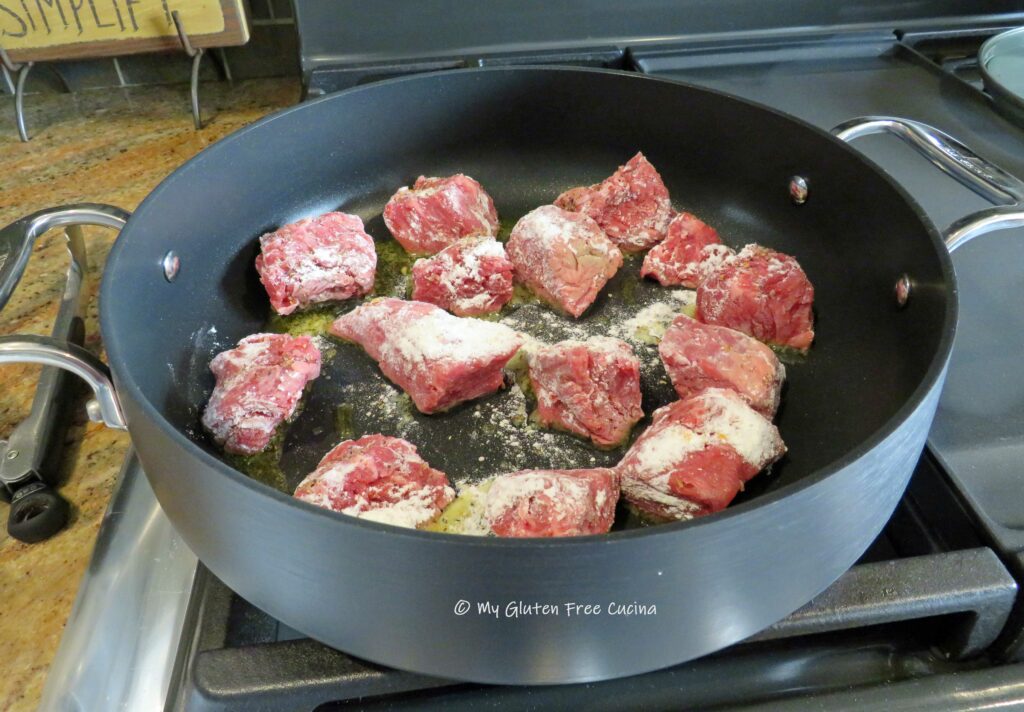

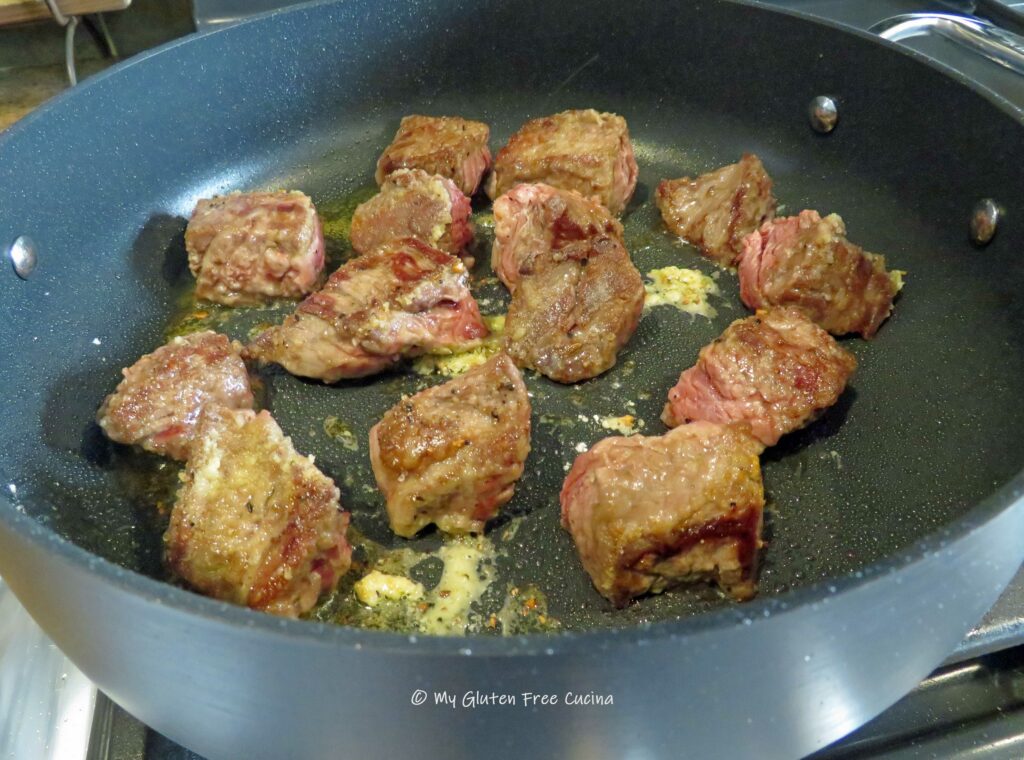
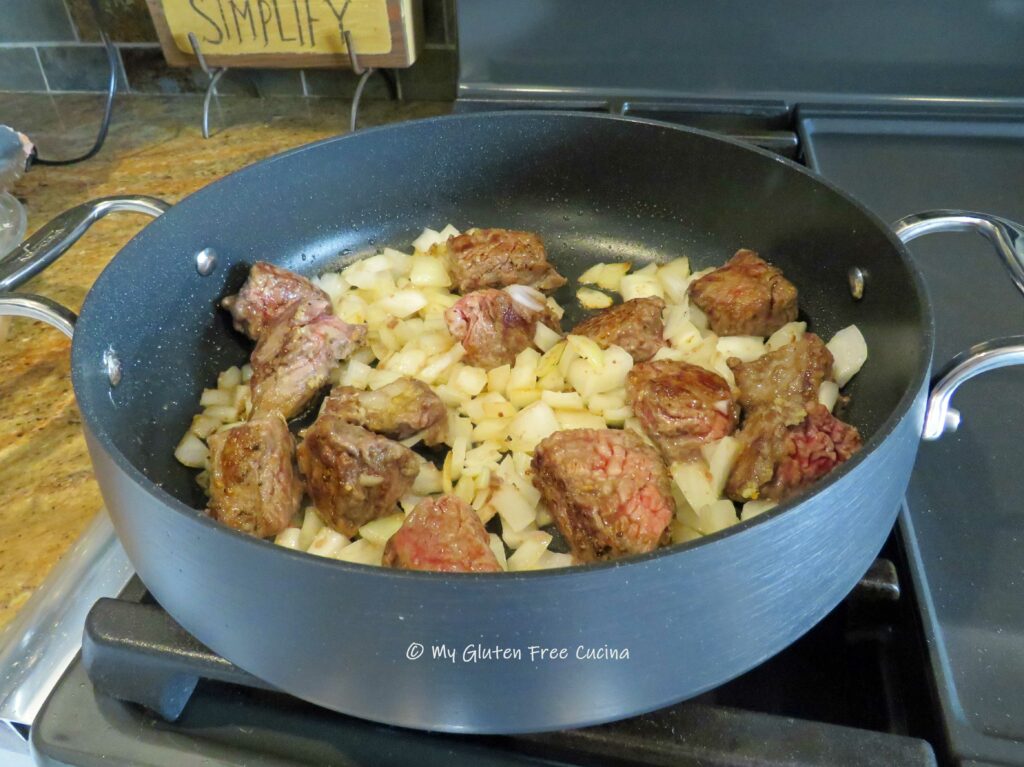

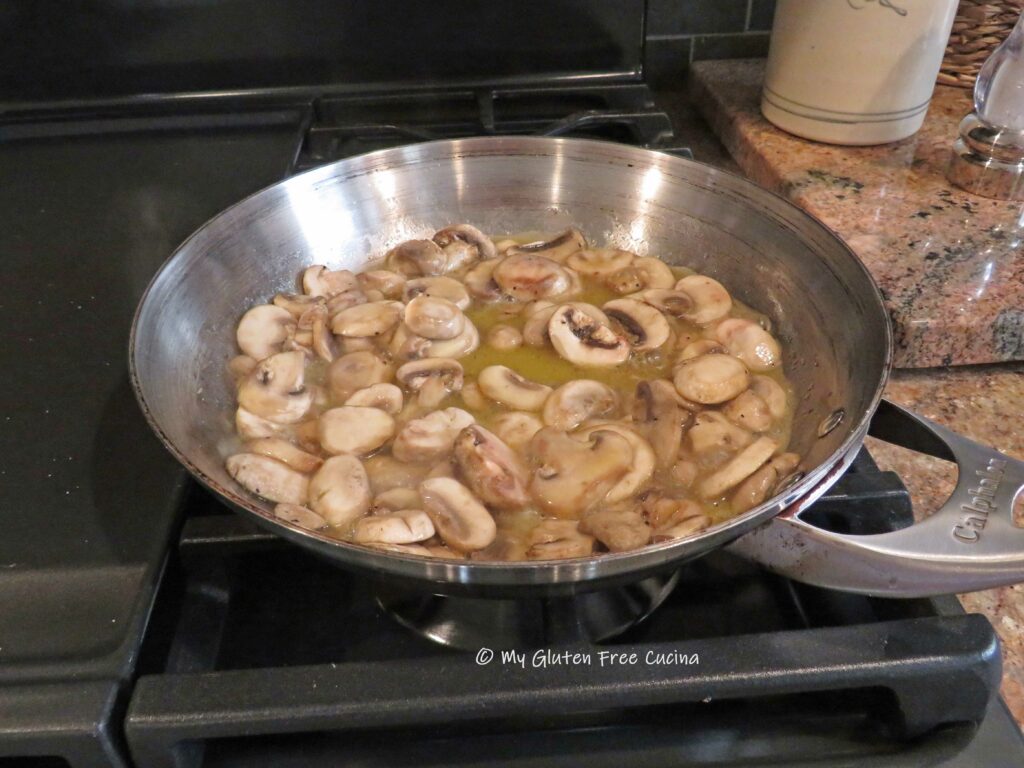
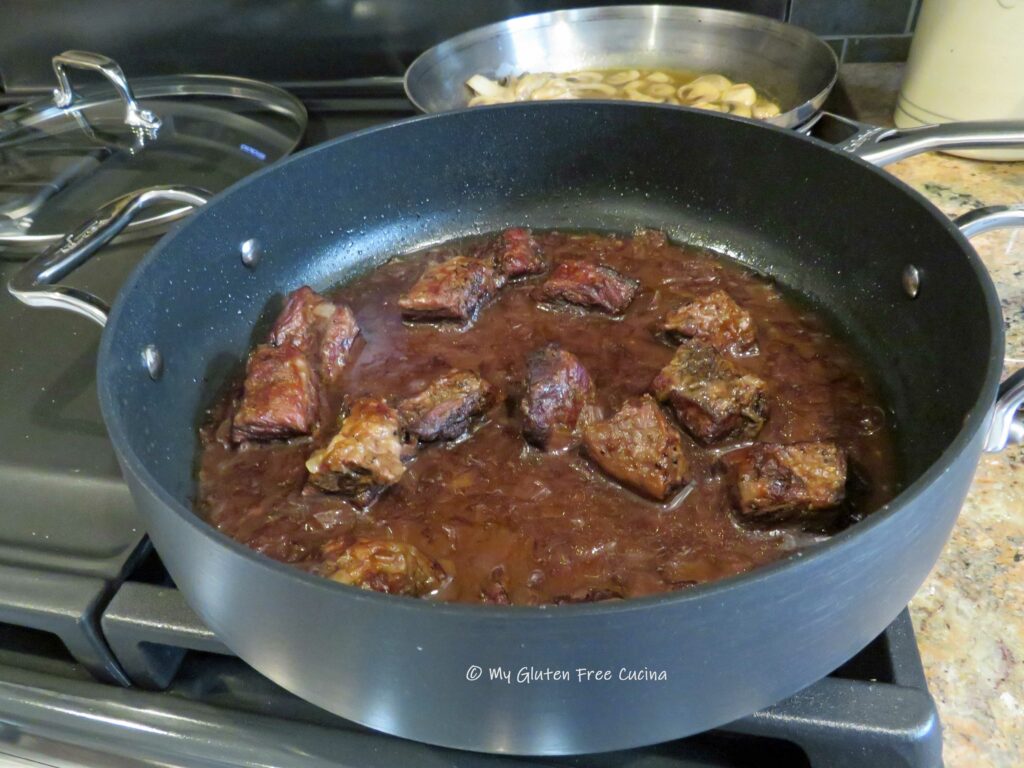
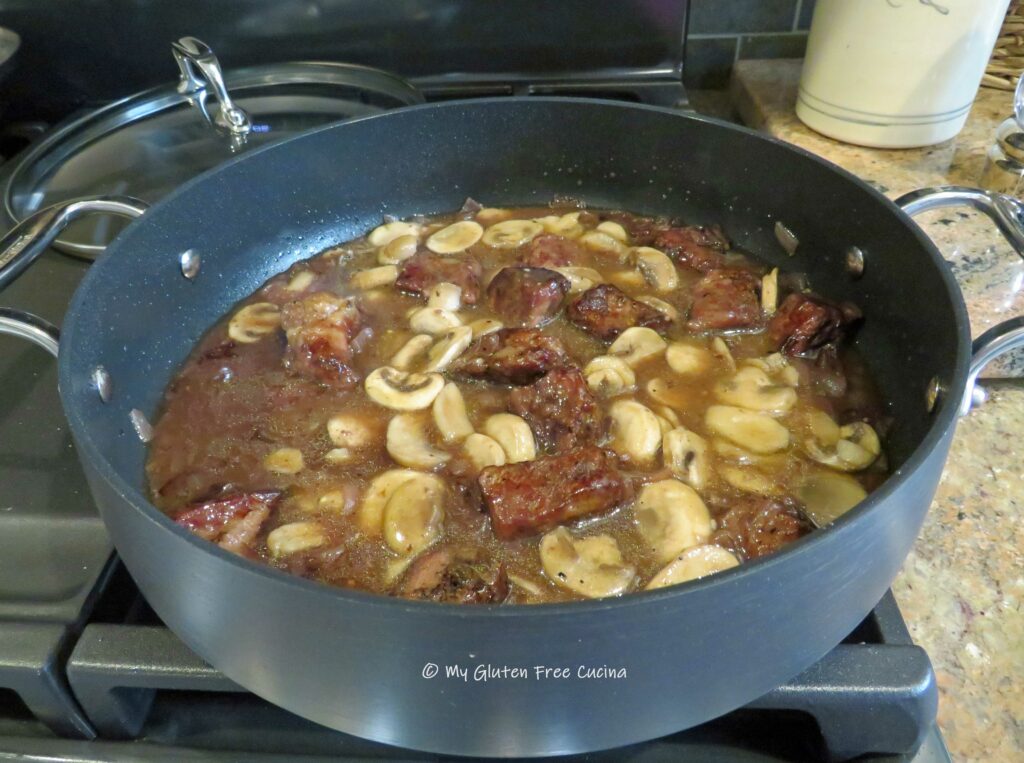

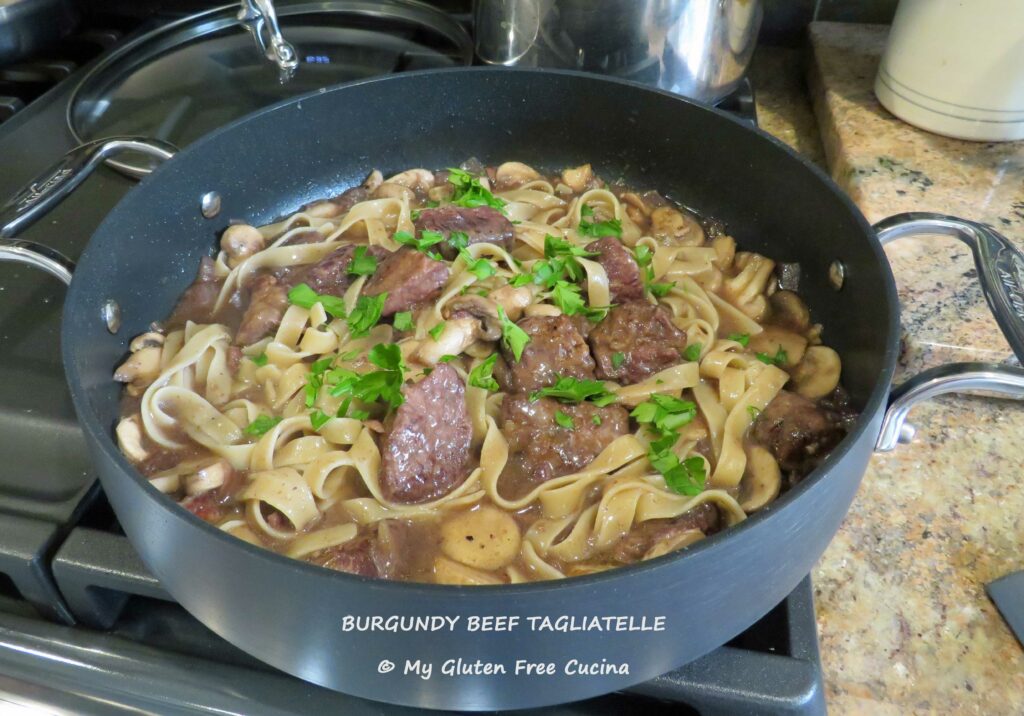

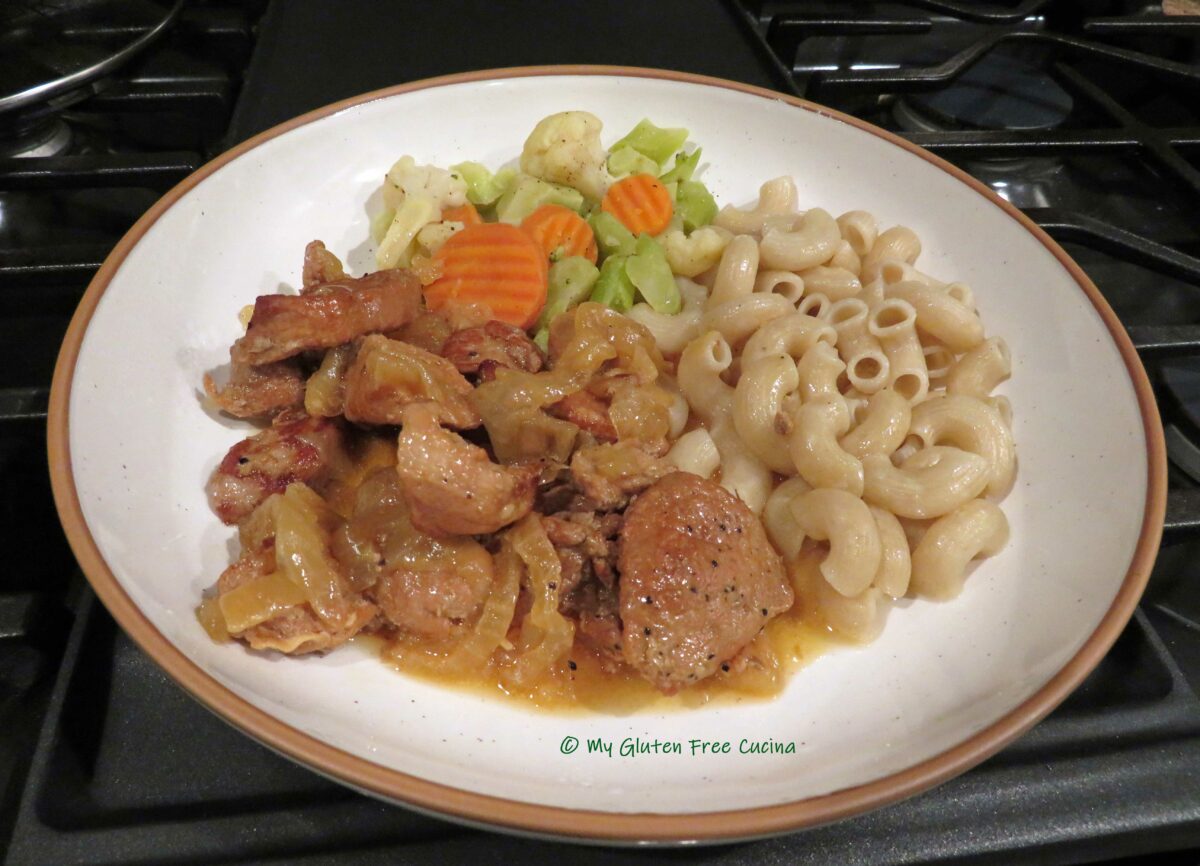
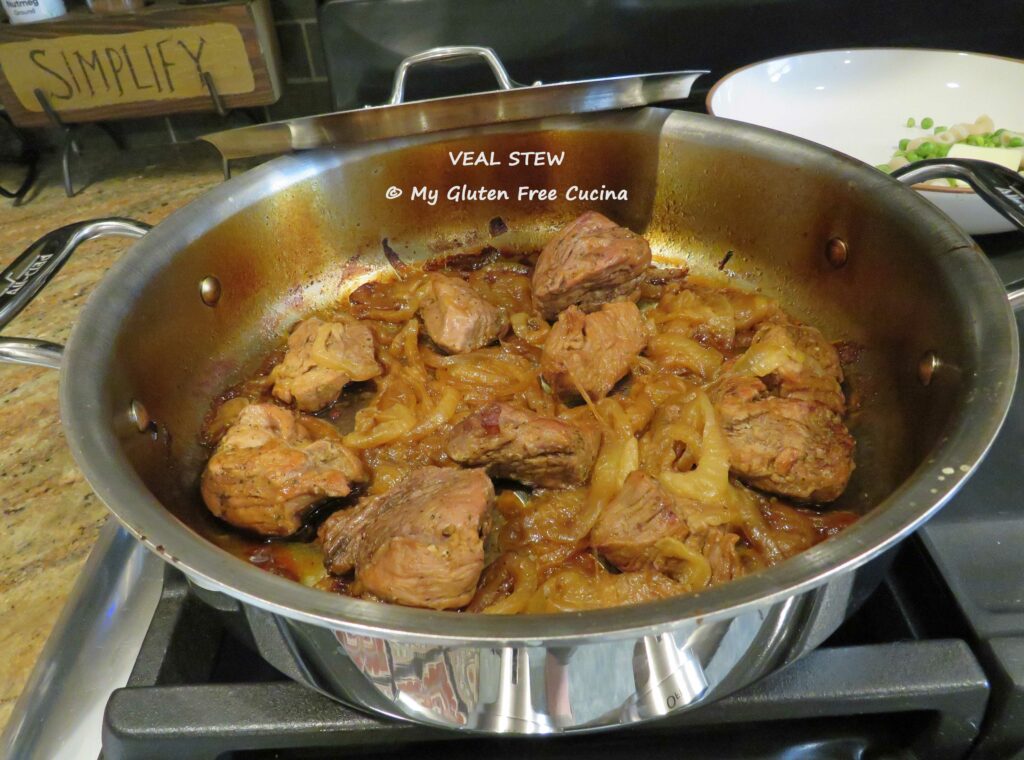

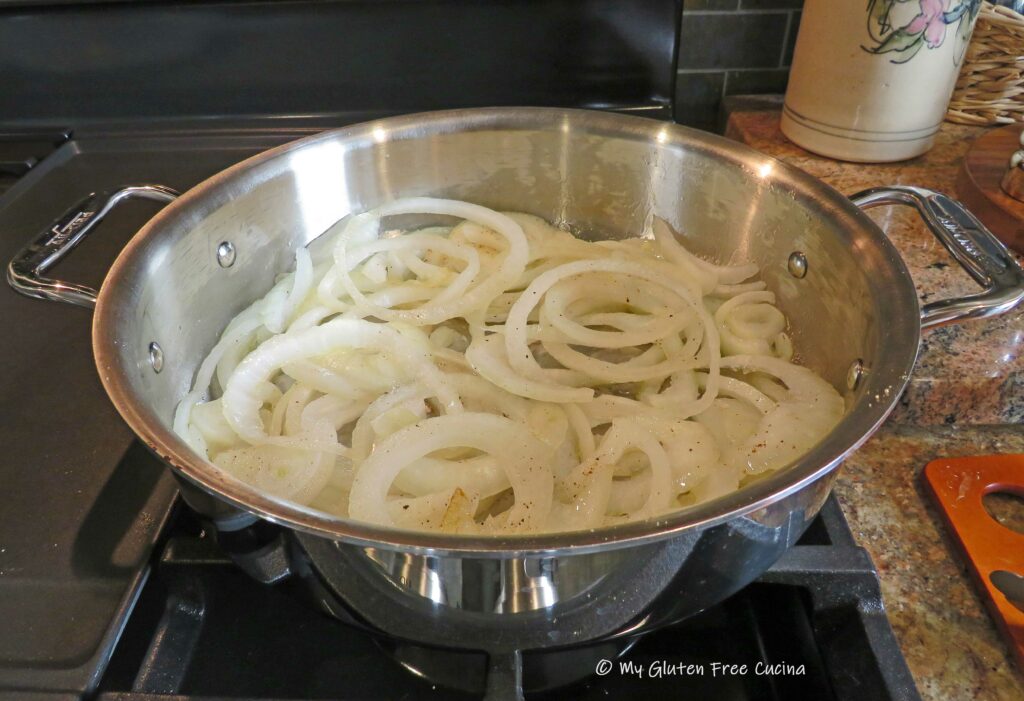
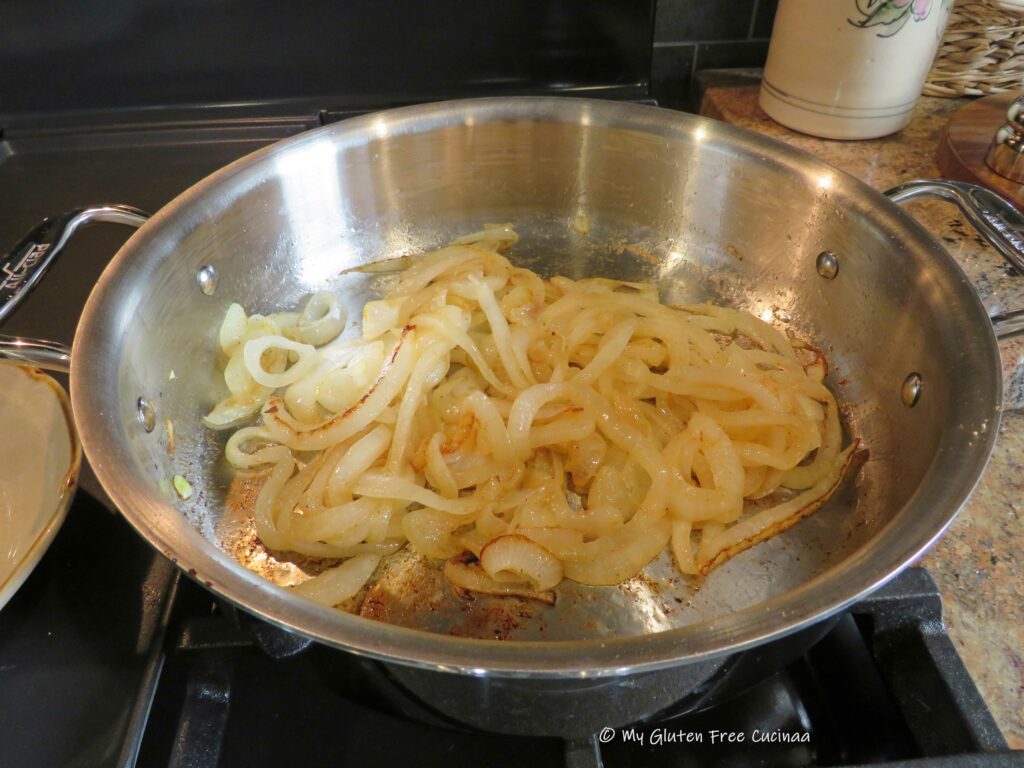 In the same pan, heat the remaining olive oil and butter and begin browning the meat on all sides. Season with salt, pepper and Italian seasoning.
In the same pan, heat the remaining olive oil and butter and begin browning the meat on all sides. Season with salt, pepper and Italian seasoning.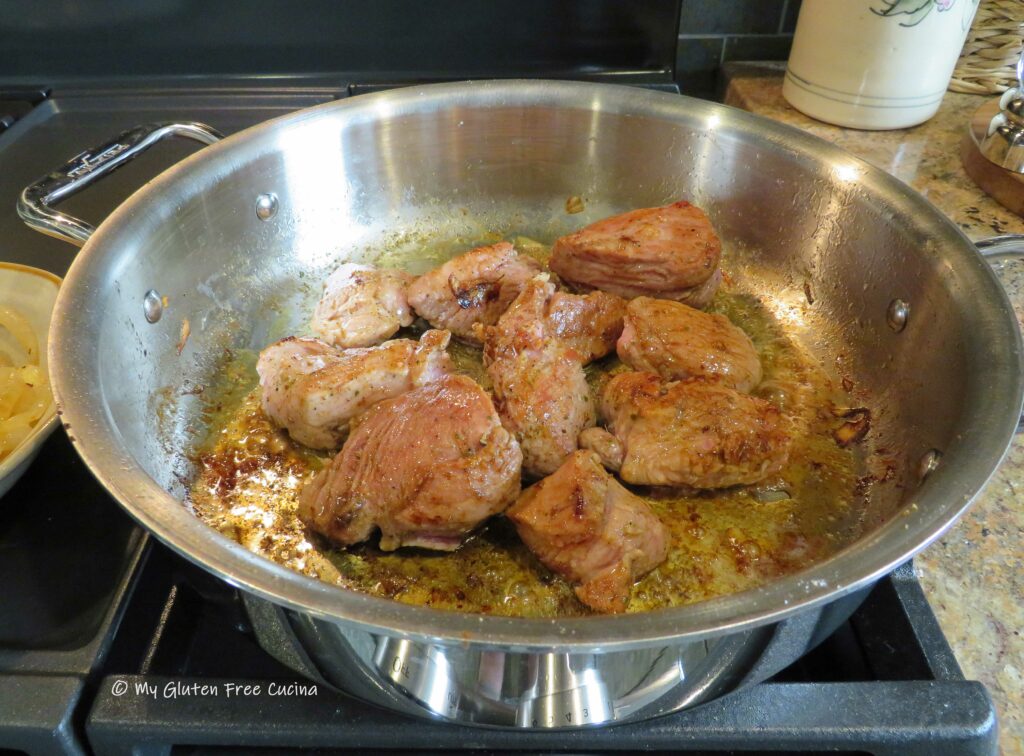
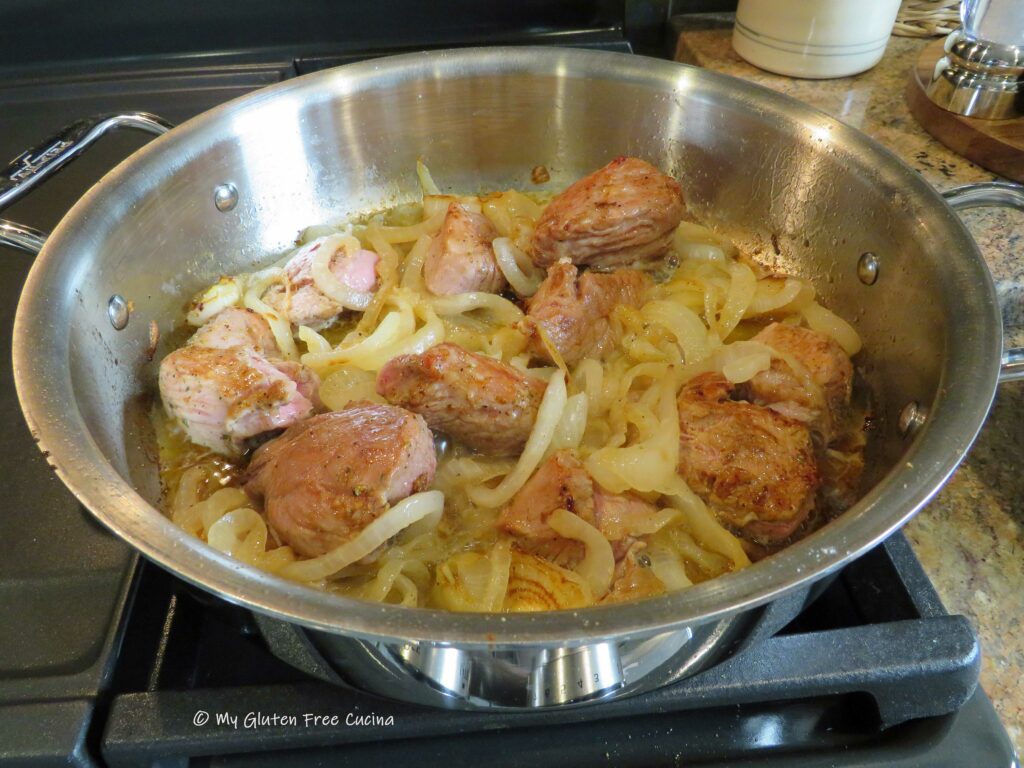

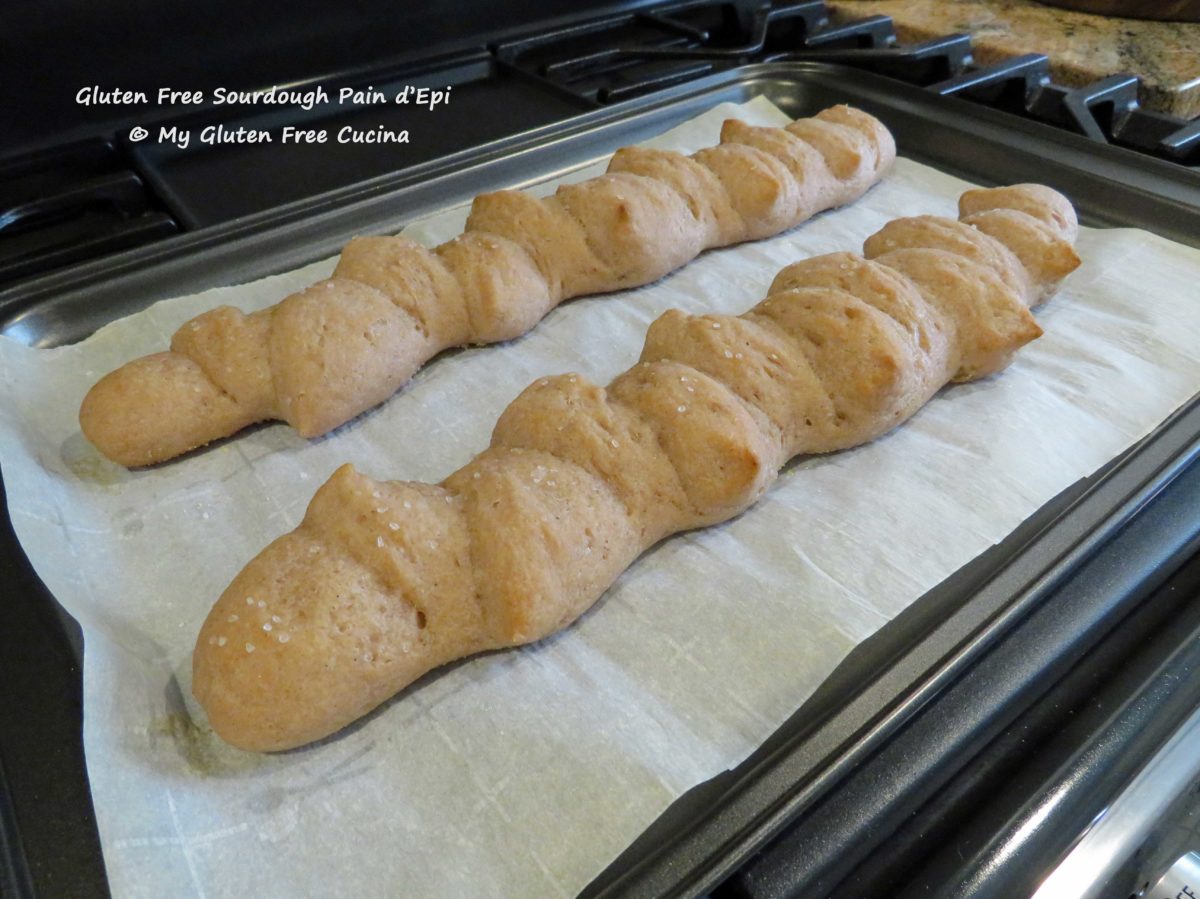


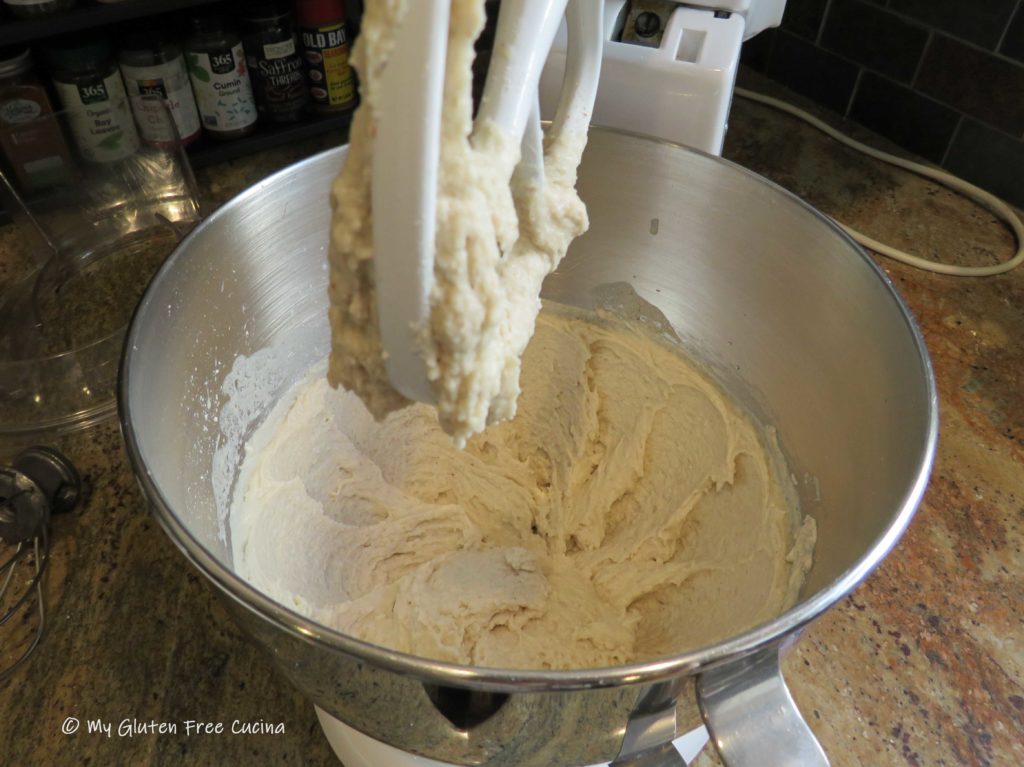








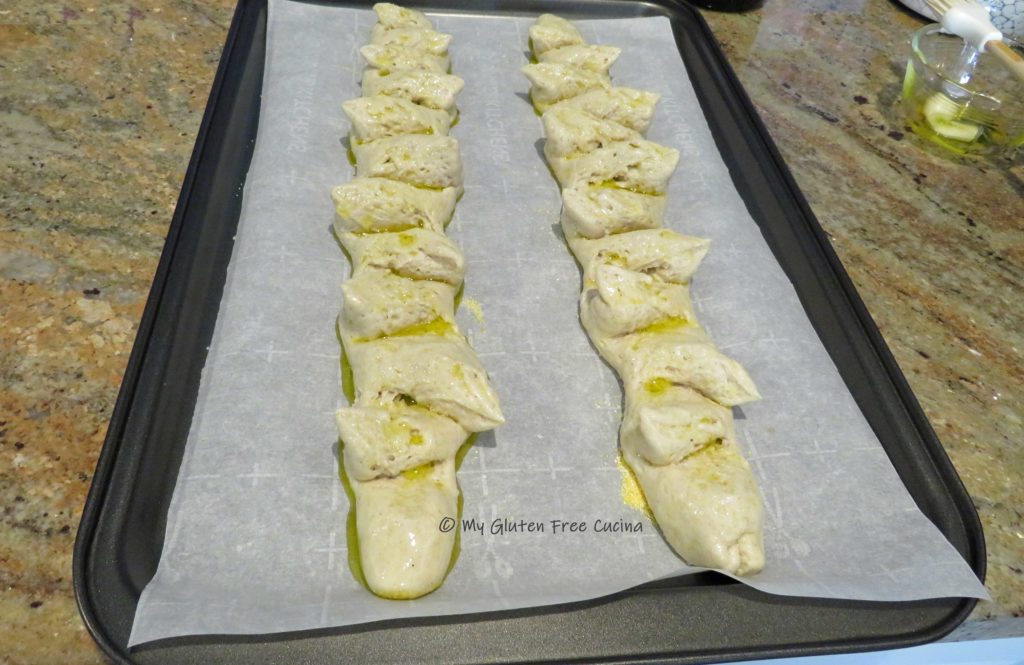
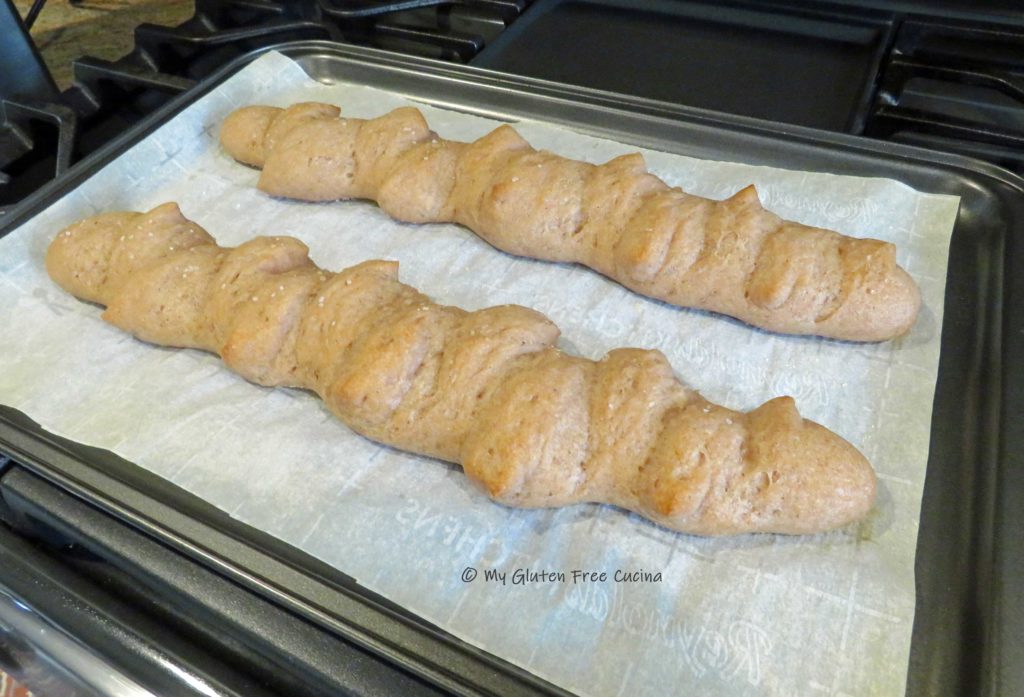

 Notes ♪♫
Notes ♪♫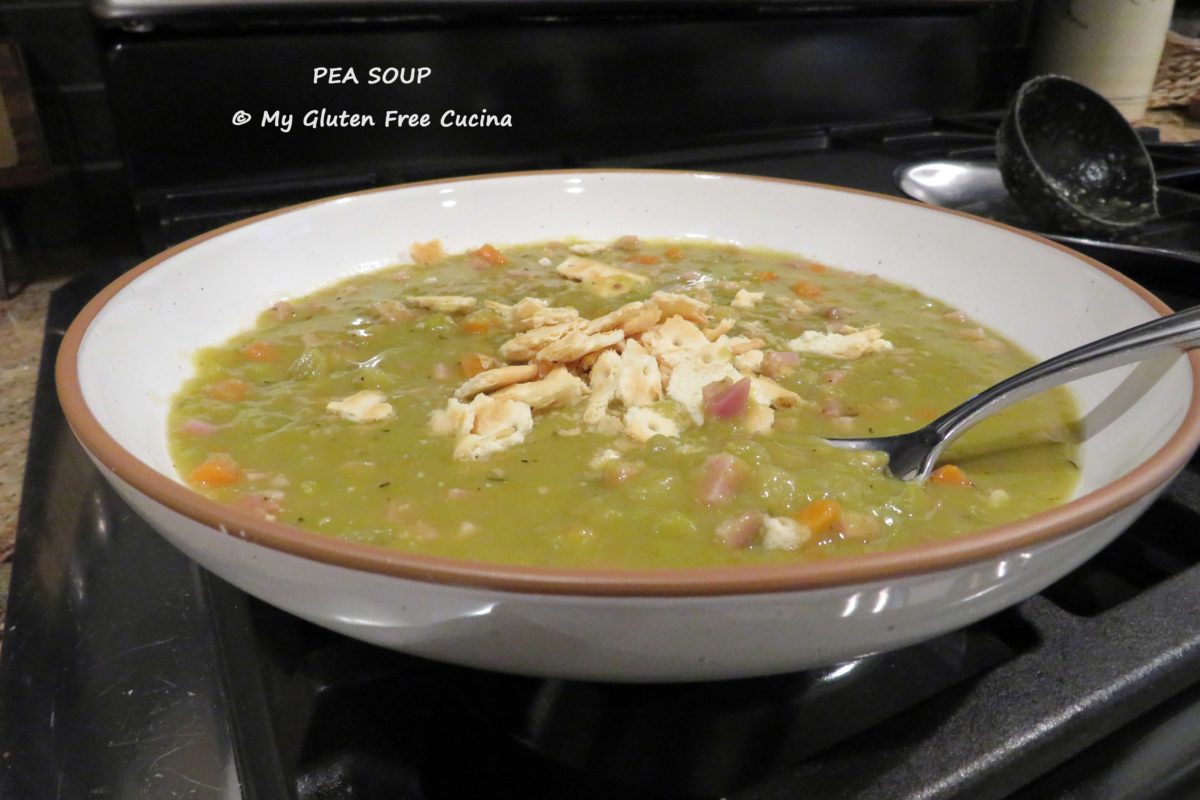
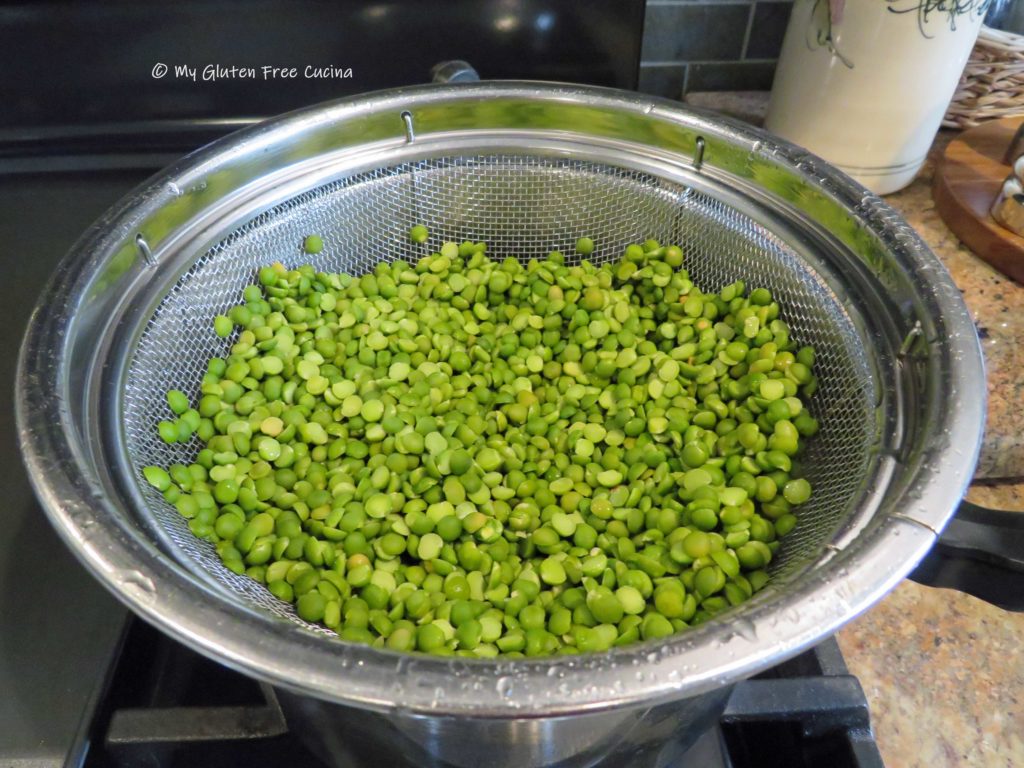
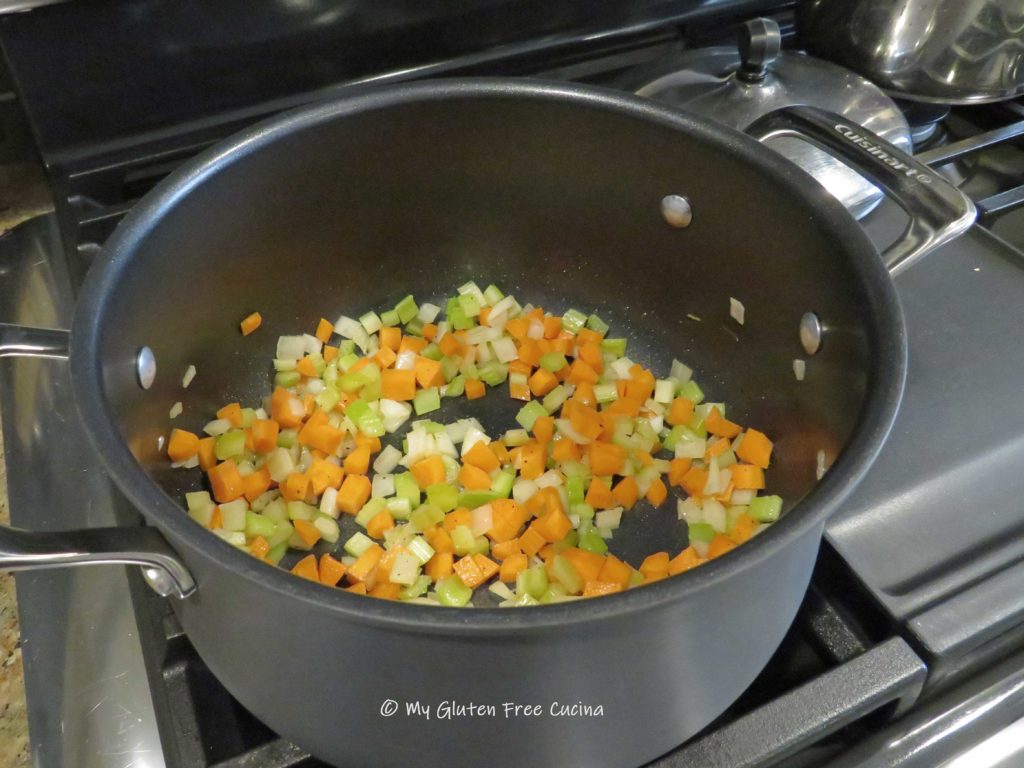 Season with sage, thyme, salt and pepper. Add 32 oz. of the chicken stock, bay leaves, and bouillon. Simmer 30 minutes.
Season with sage, thyme, salt and pepper. Add 32 oz. of the chicken stock, bay leaves, and bouillon. Simmer 30 minutes.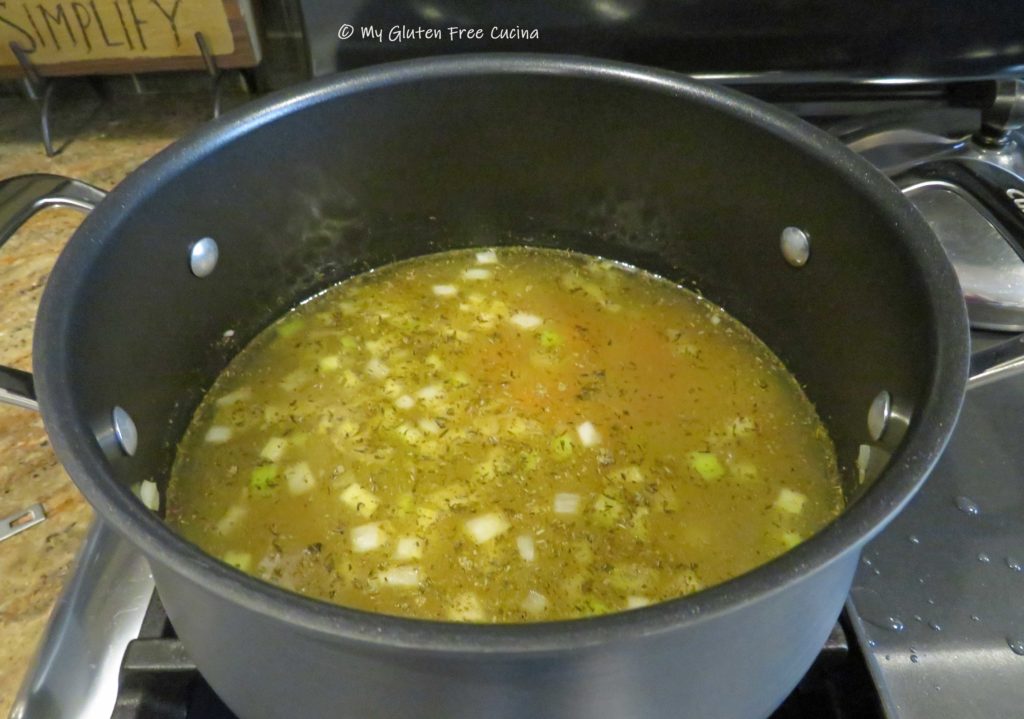 Drain and rinse the peas again. Add them to the pot, stir well and continue cooking for another 45 minutes to an hour, or until the peas are tender.
Drain and rinse the peas again. Add them to the pot, stir well and continue cooking for another 45 minutes to an hour, or until the peas are tender.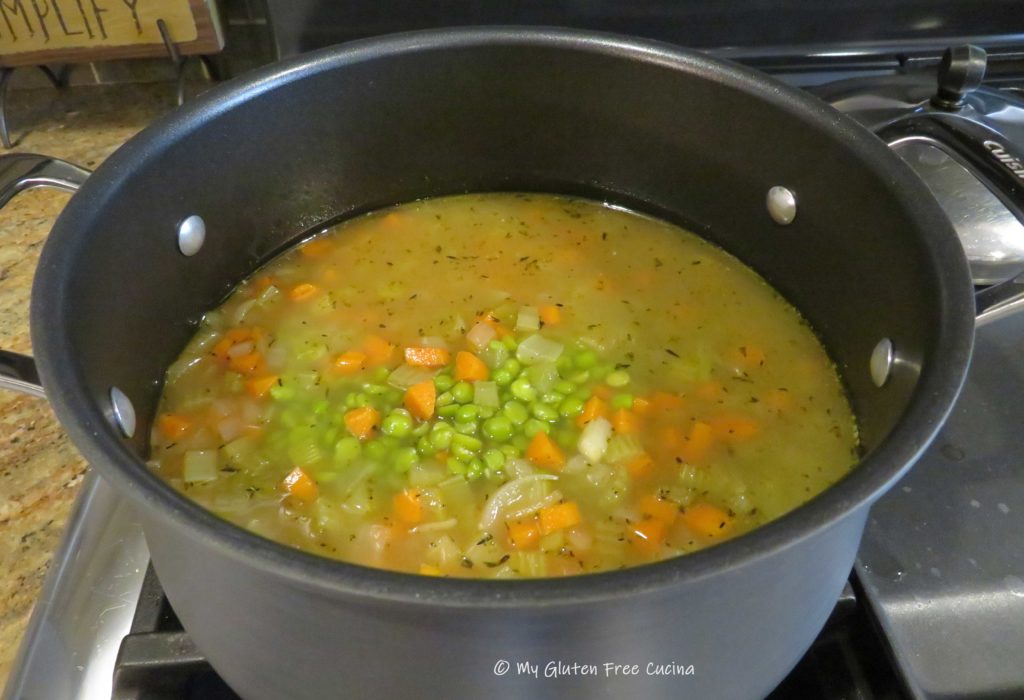 As they simmer, the peas will absorb quite a bit of liquid, so add more chicken broth as needed.
As they simmer, the peas will absorb quite a bit of liquid, so add more chicken broth as needed.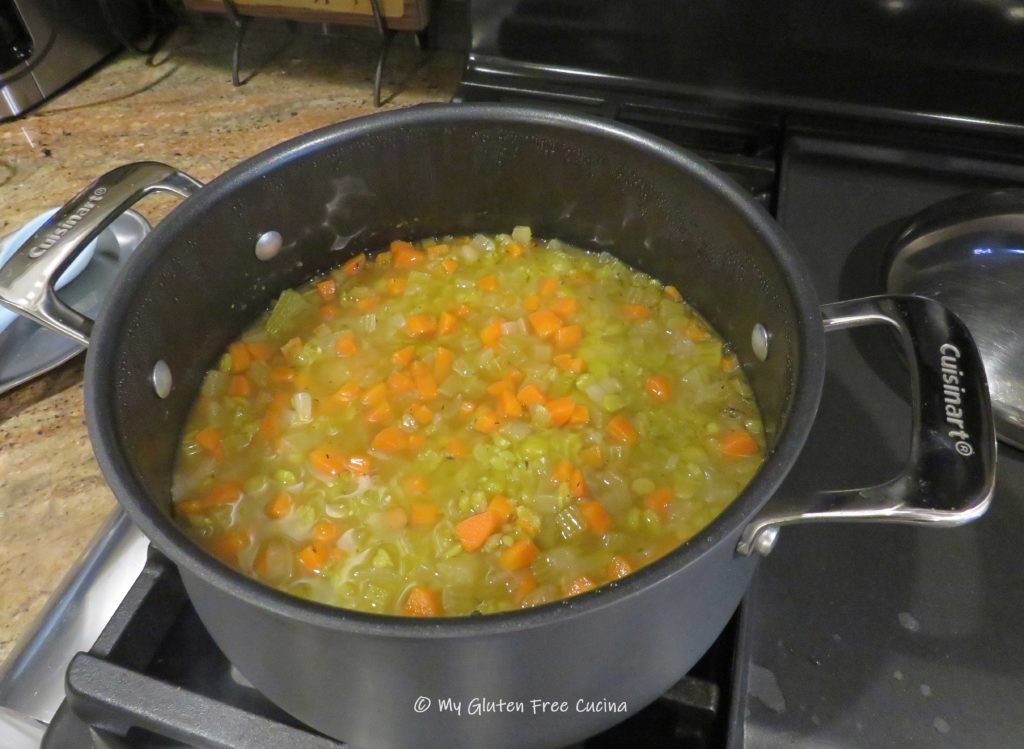
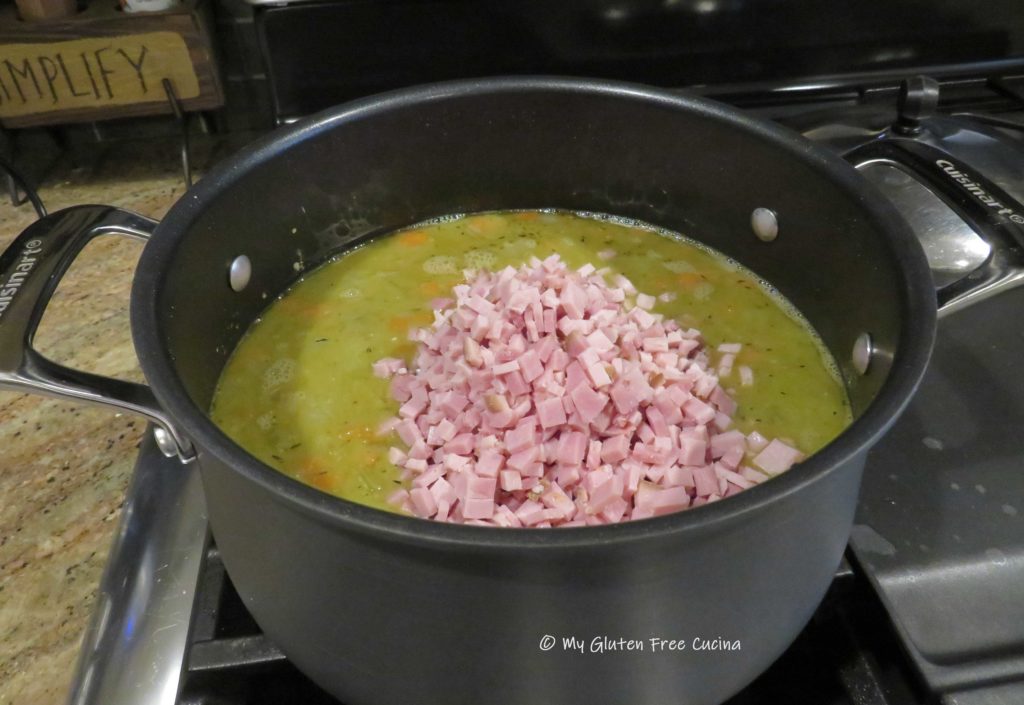
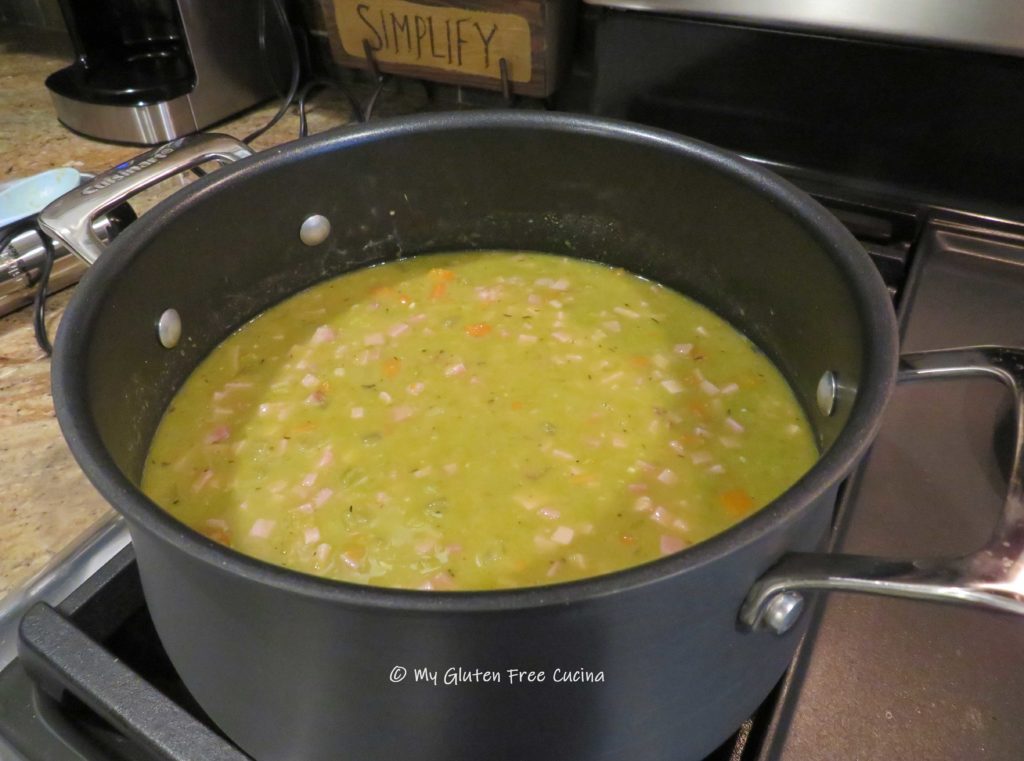
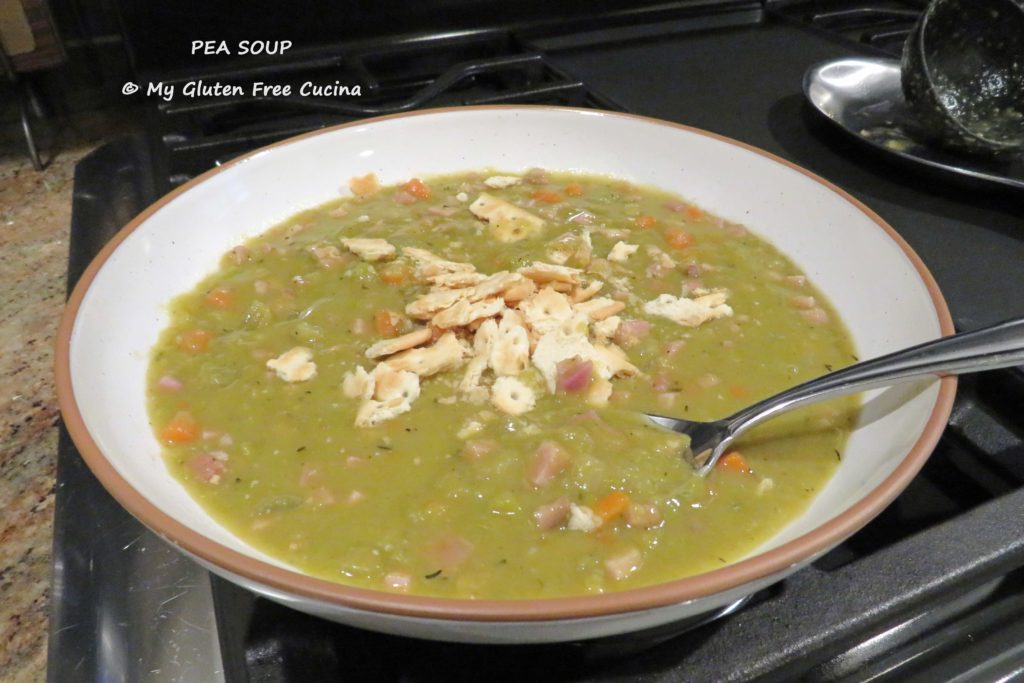
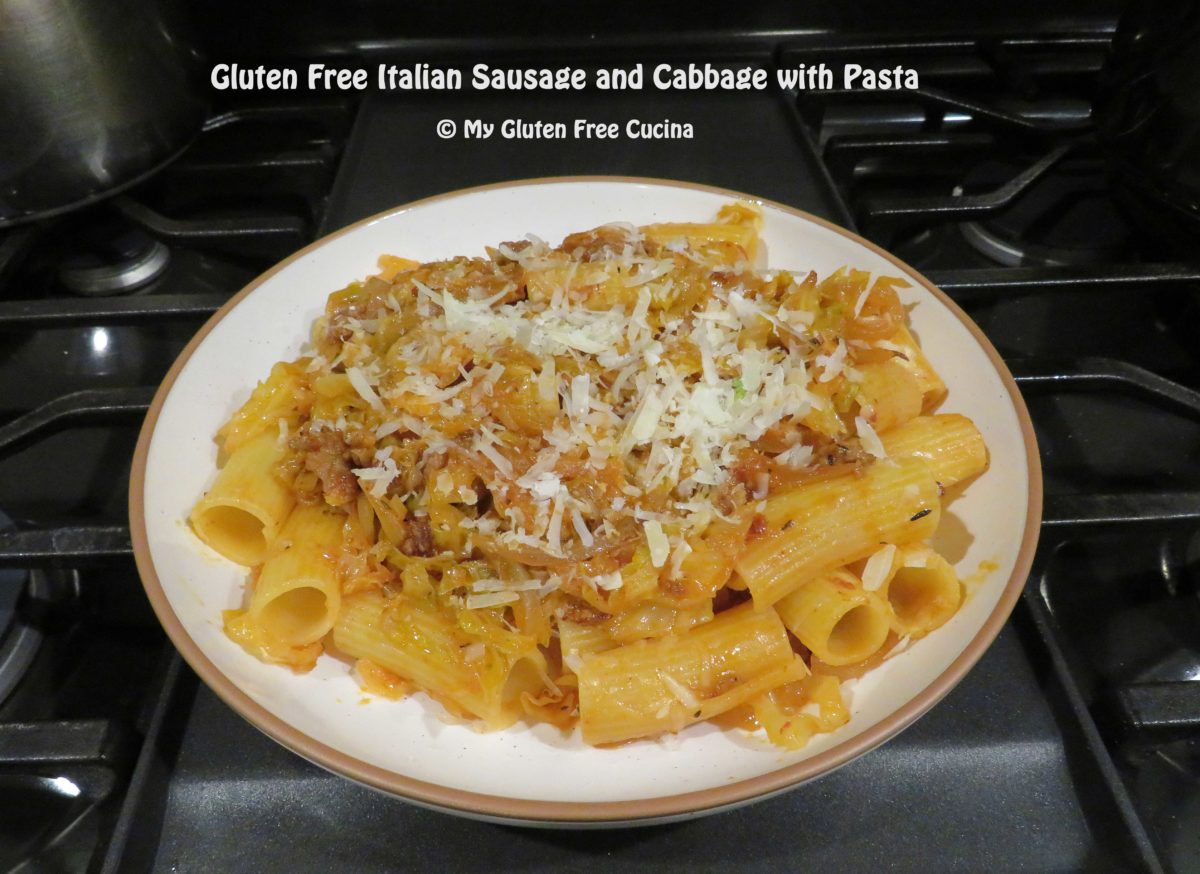
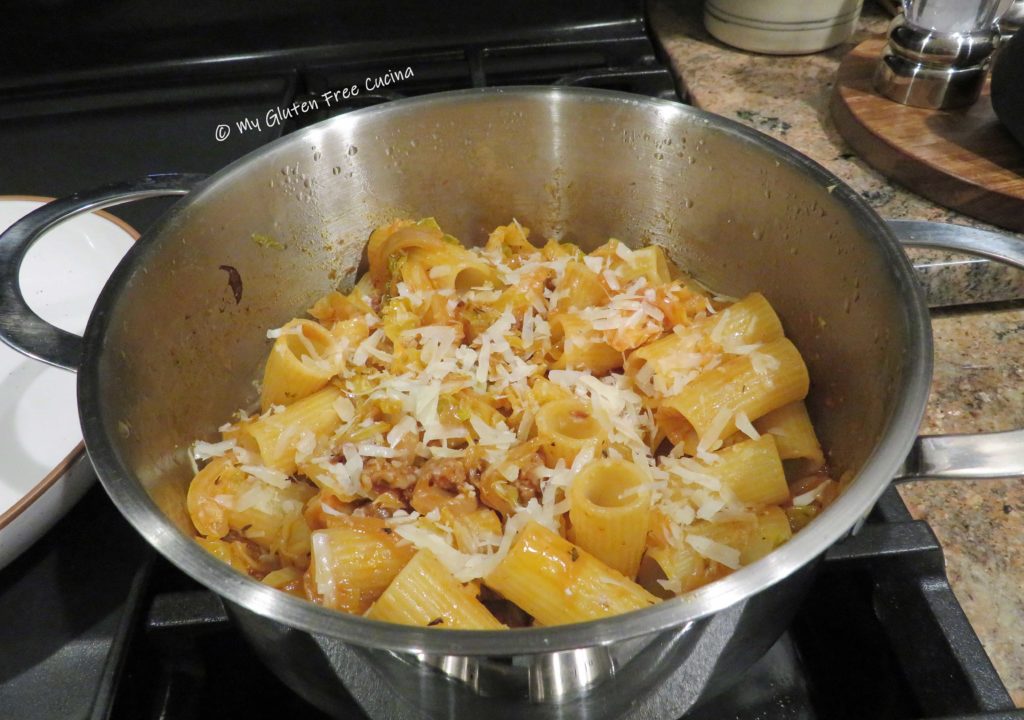
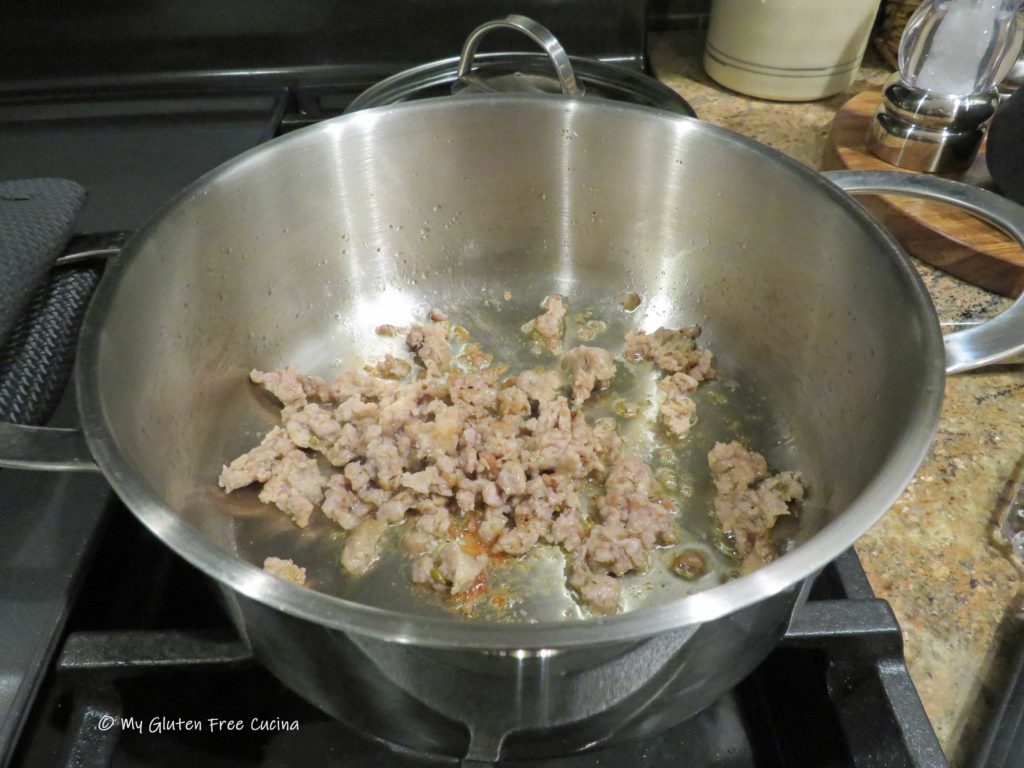
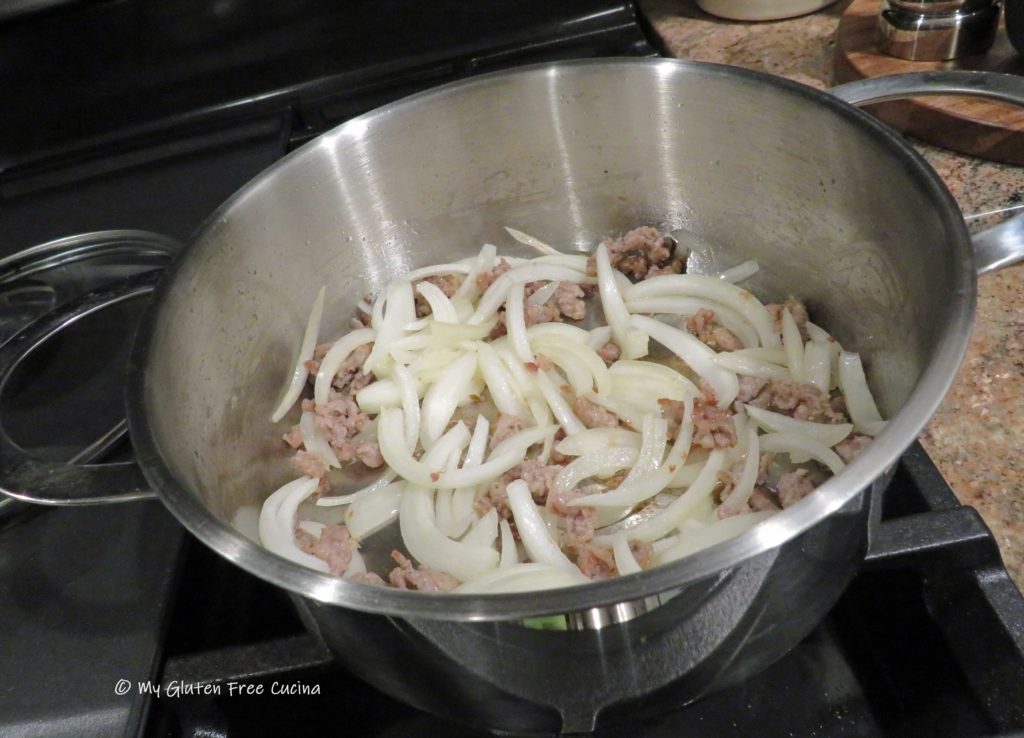

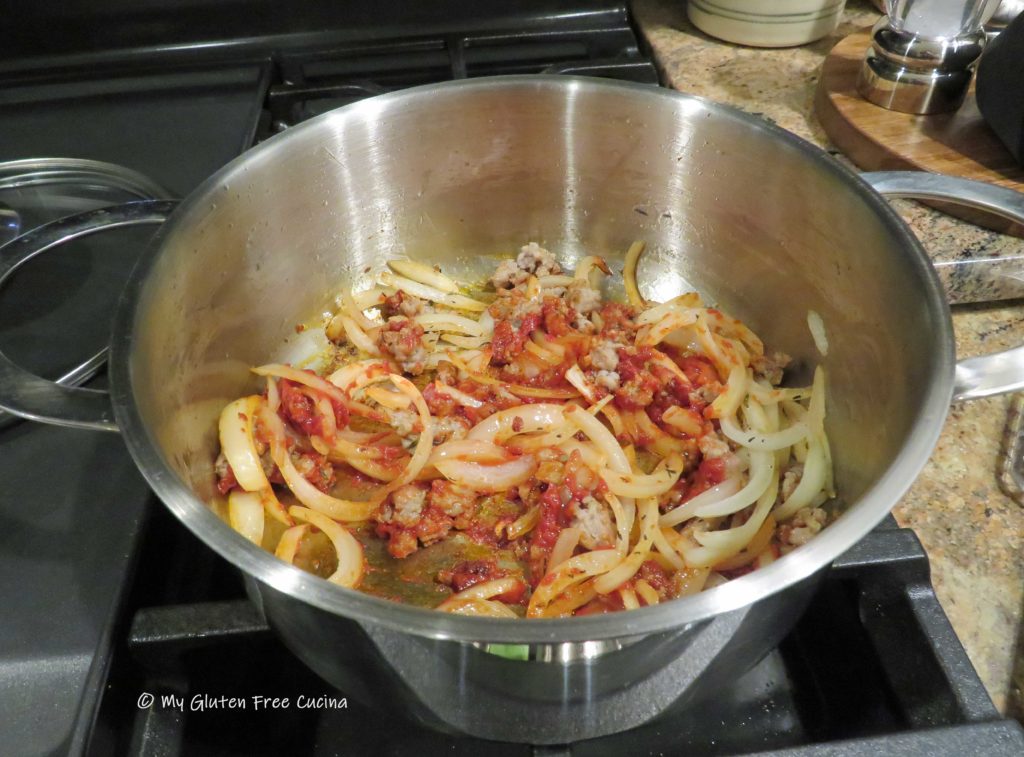
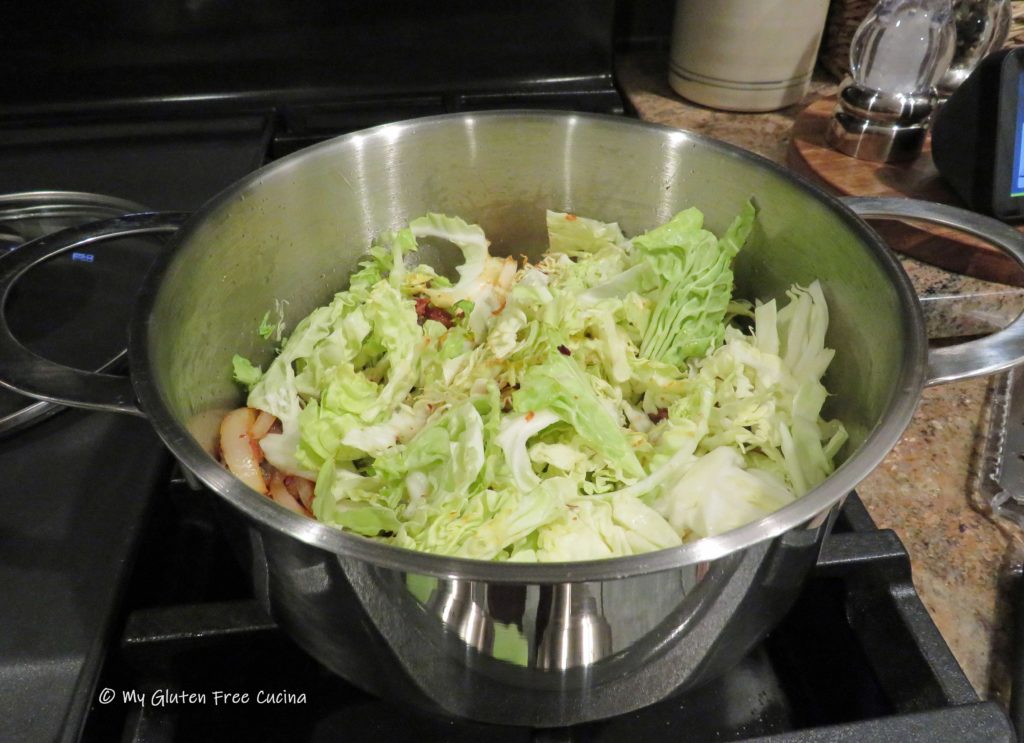
 Cover and simmer on low for 20 minutes, adding a bit more water if it seems dry.
Cover and simmer on low for 20 minutes, adding a bit more water if it seems dry.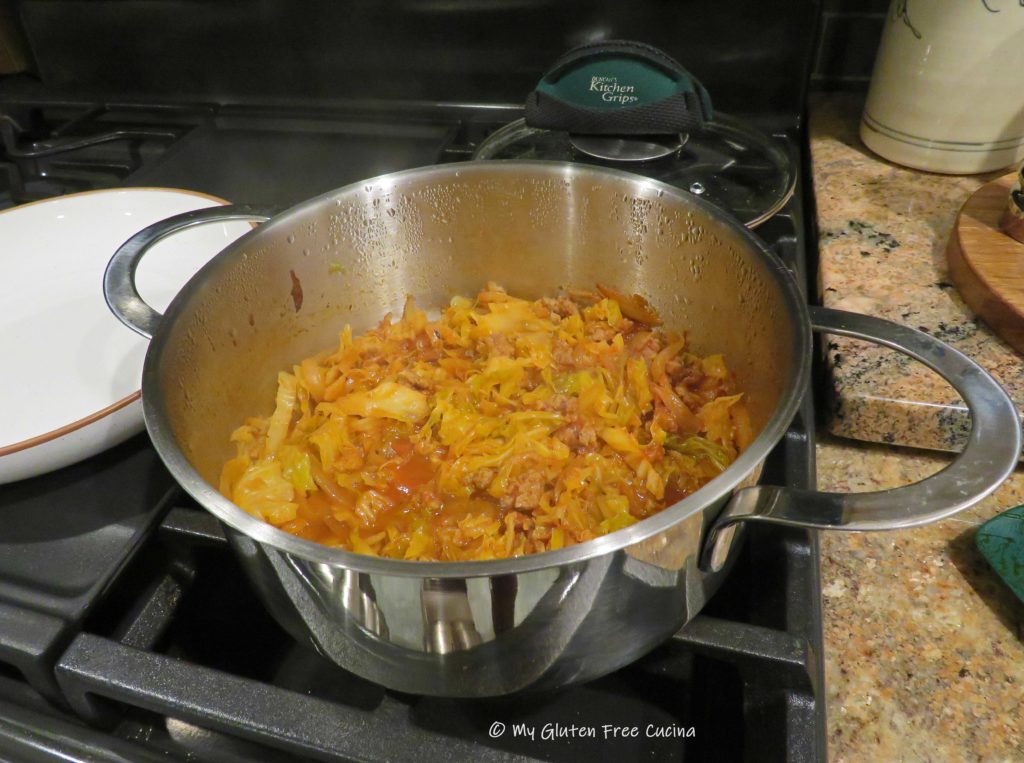
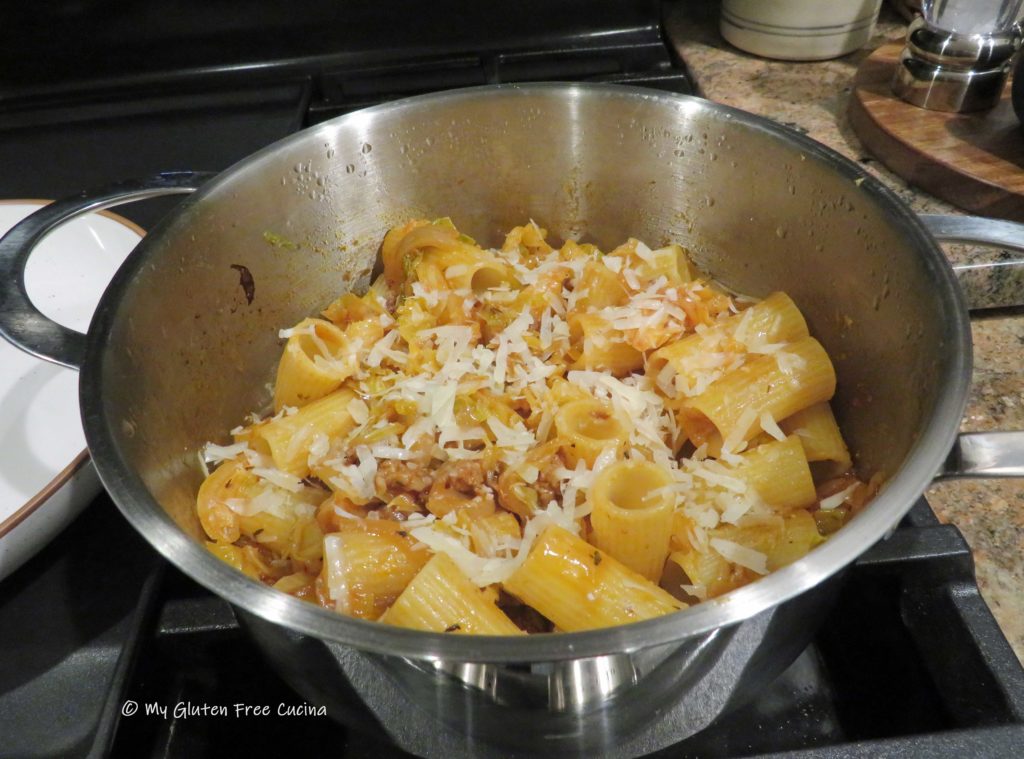
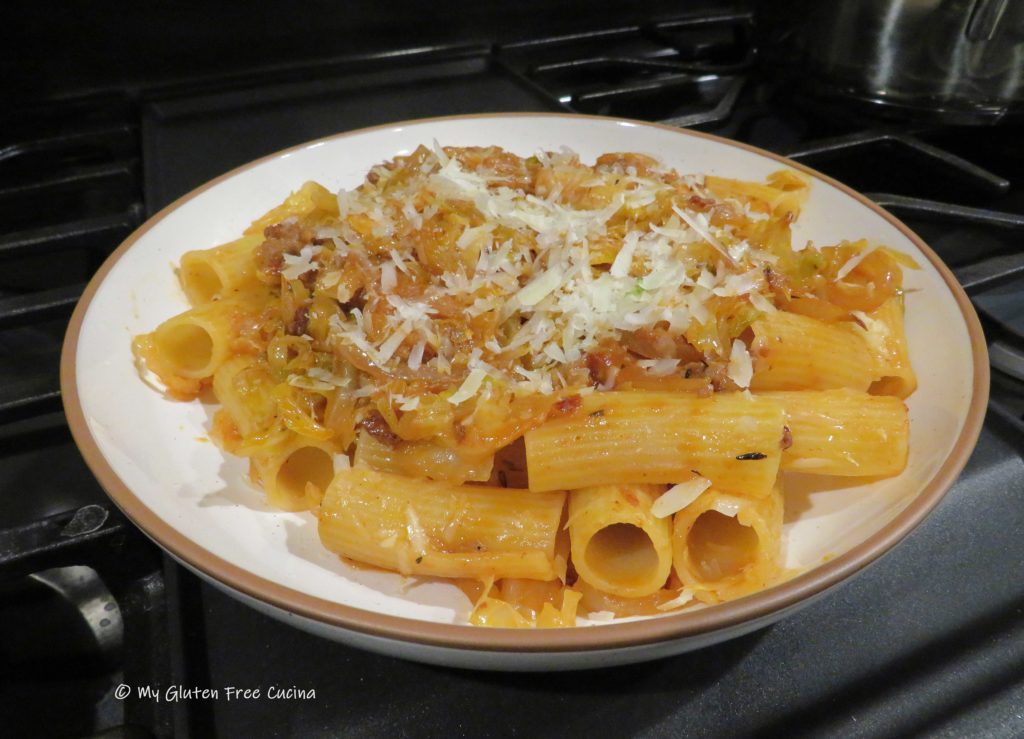
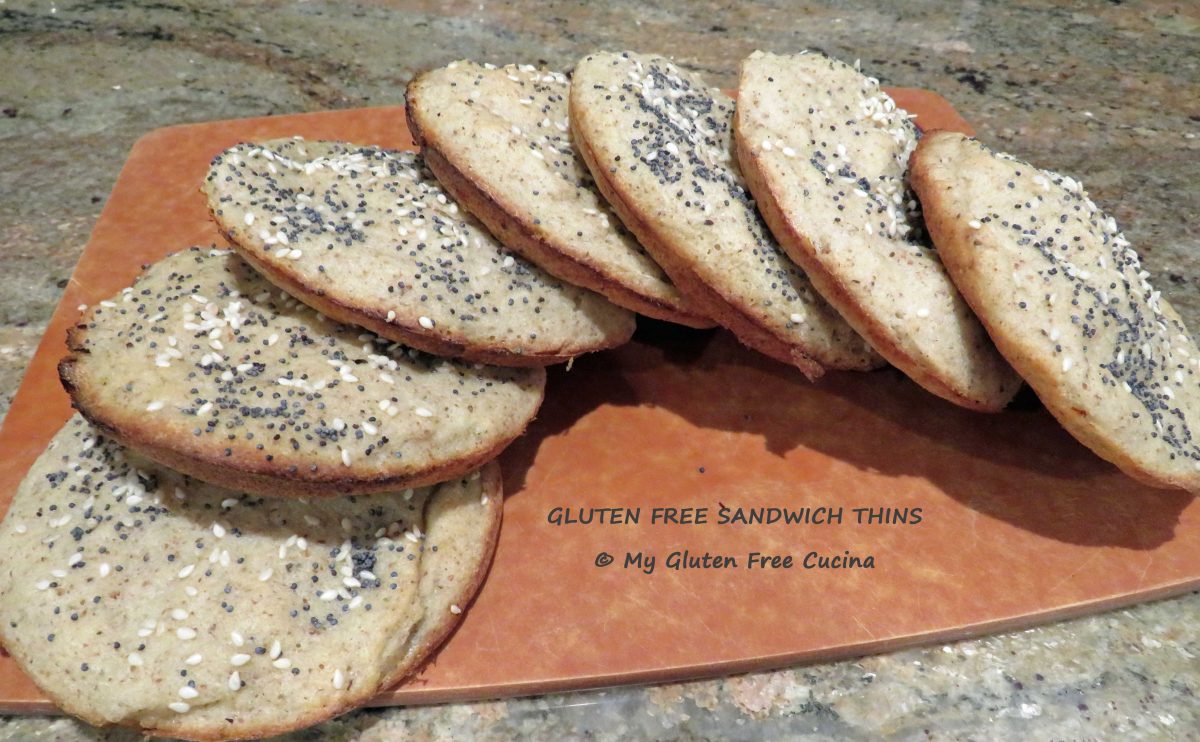
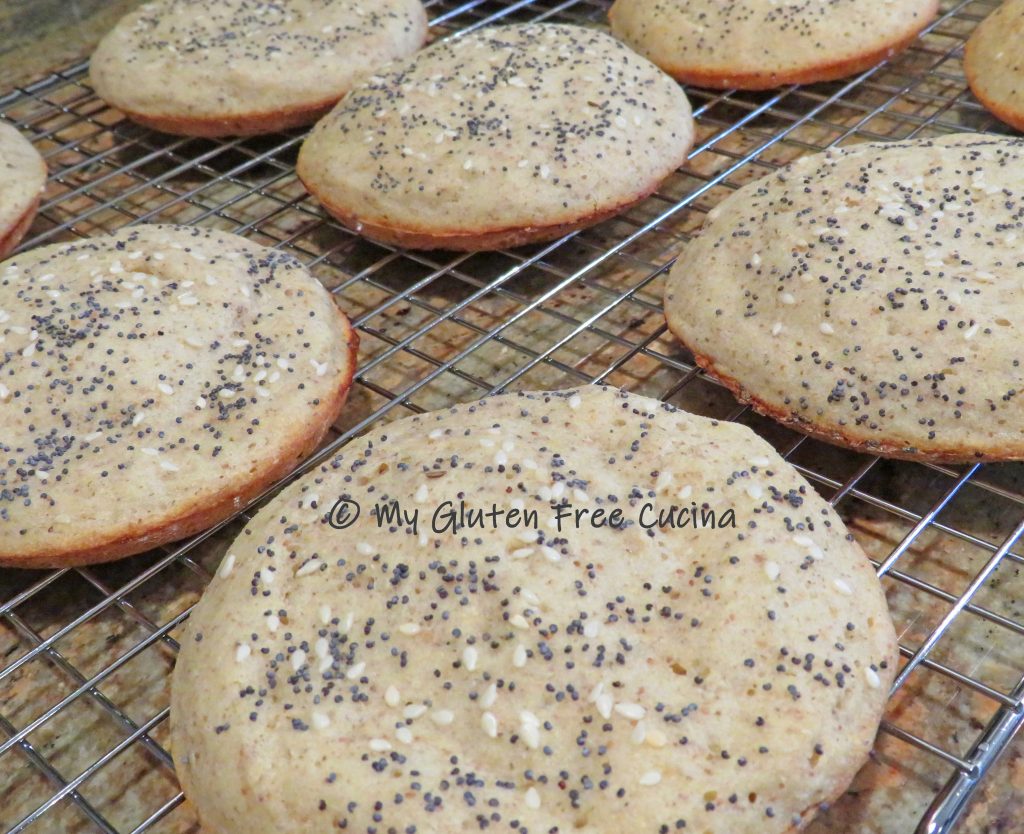
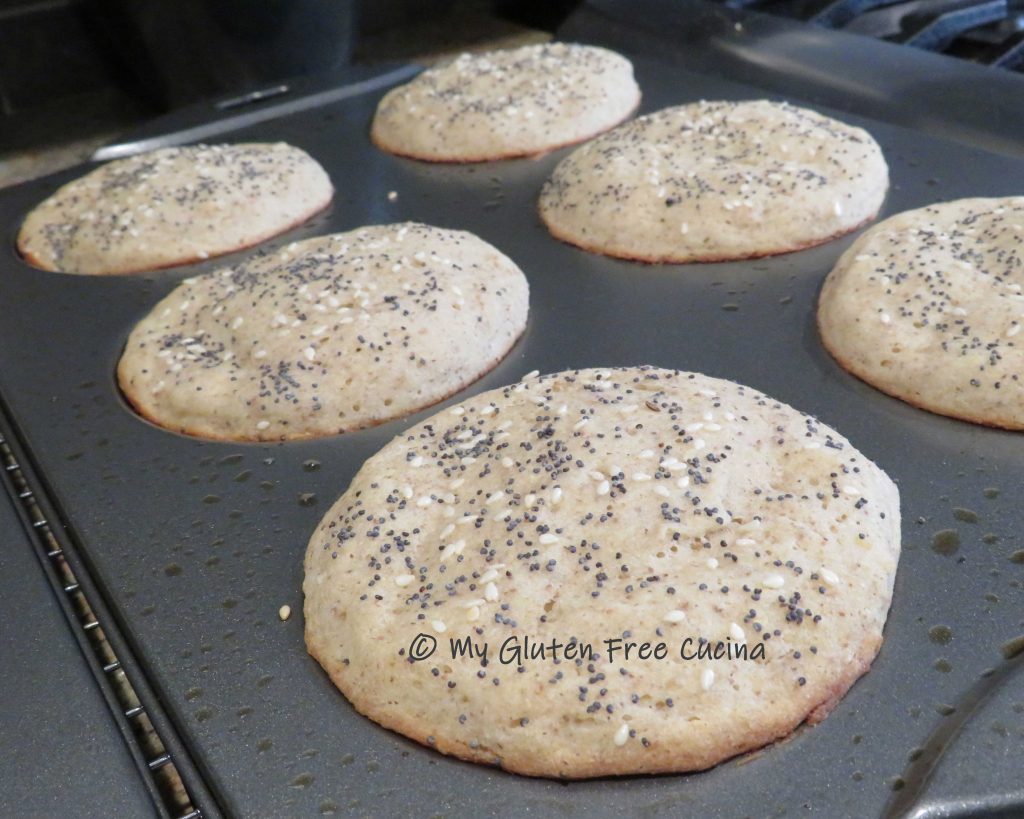
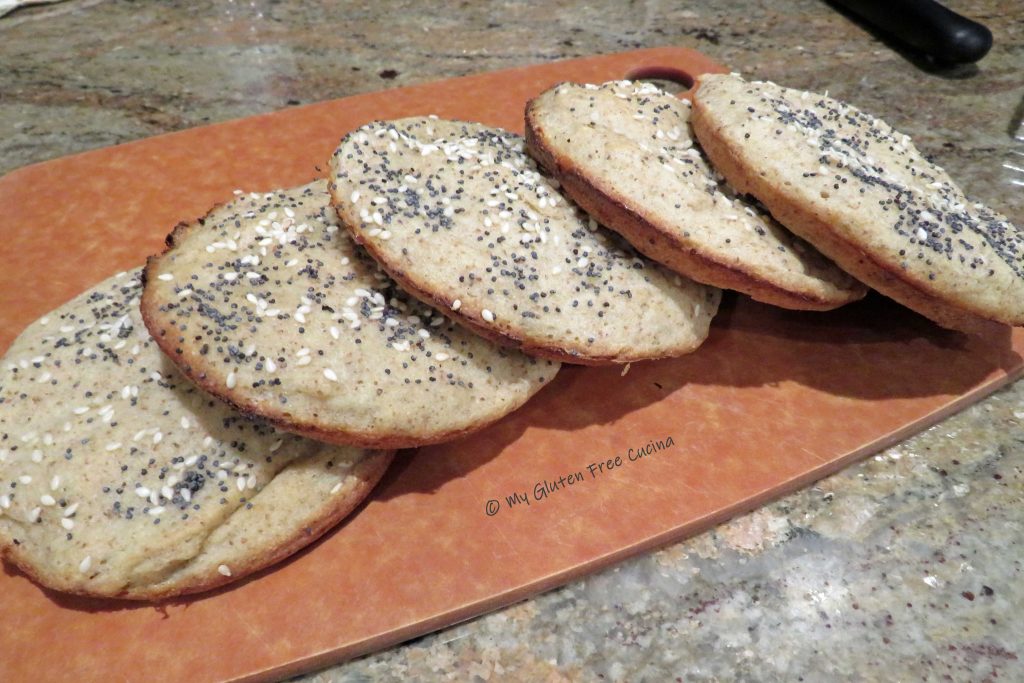


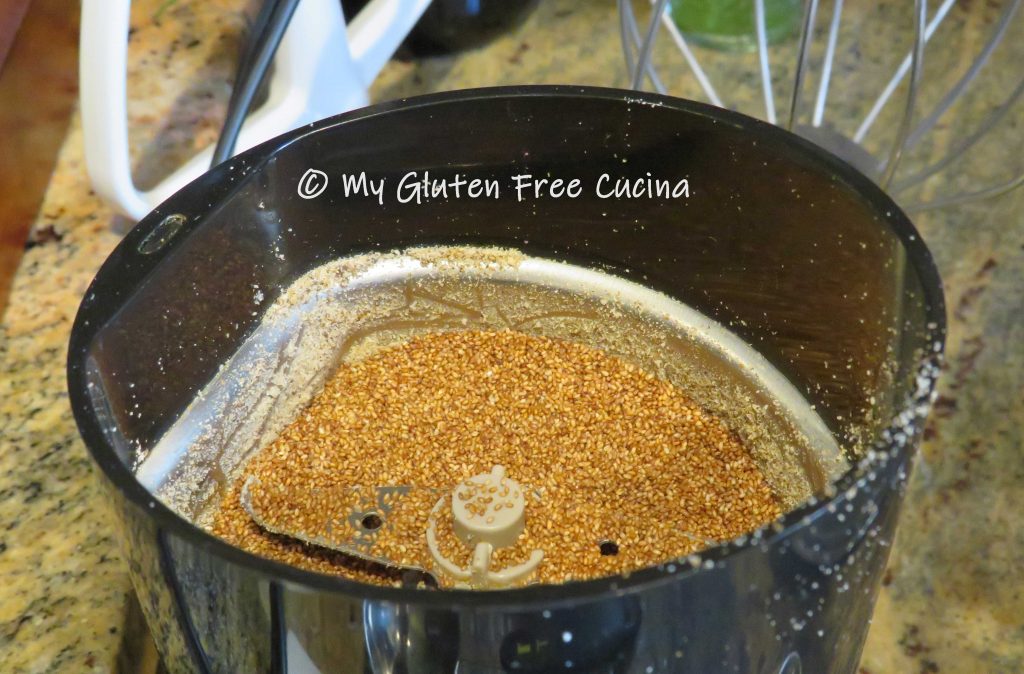
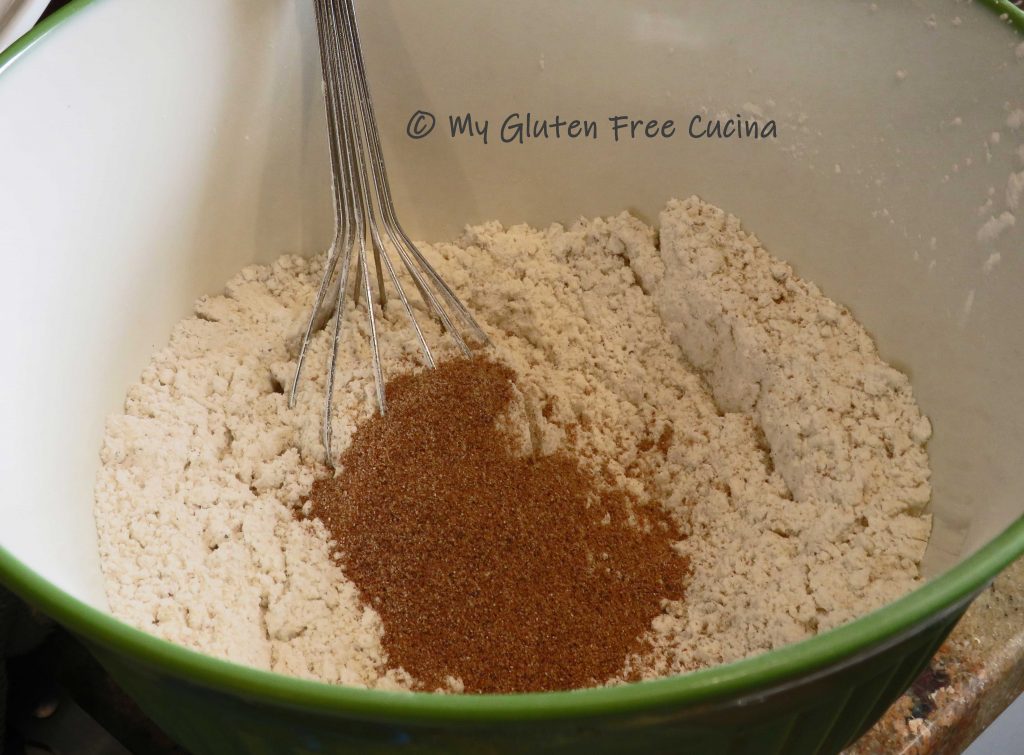
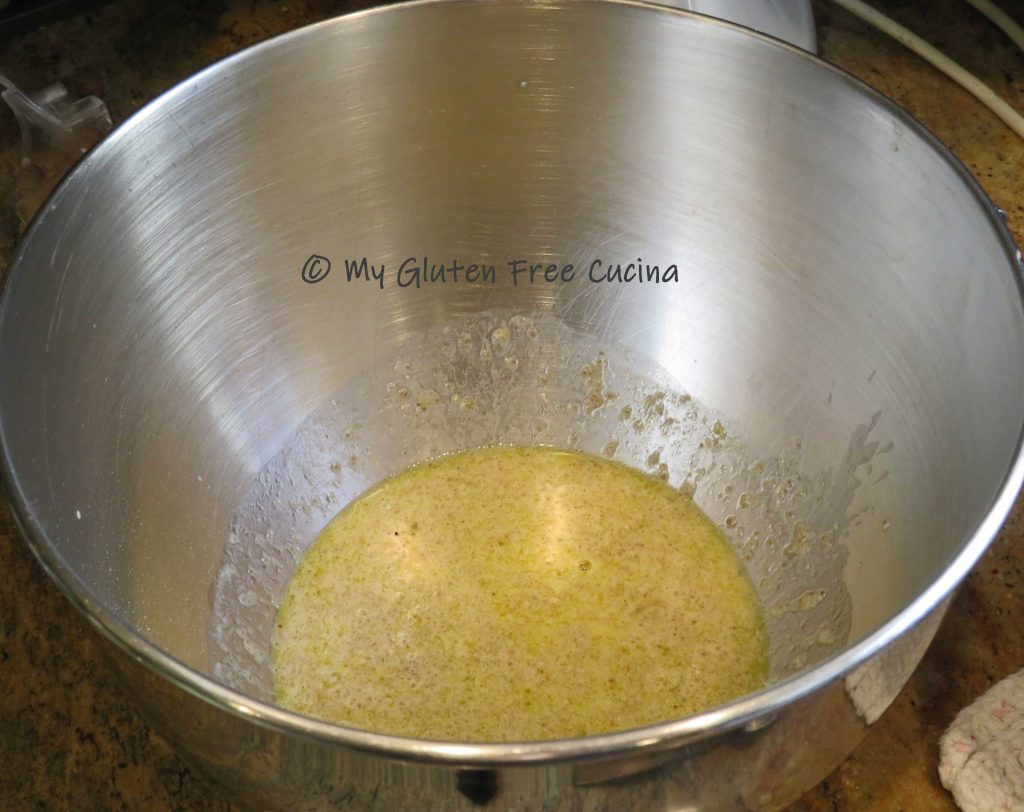

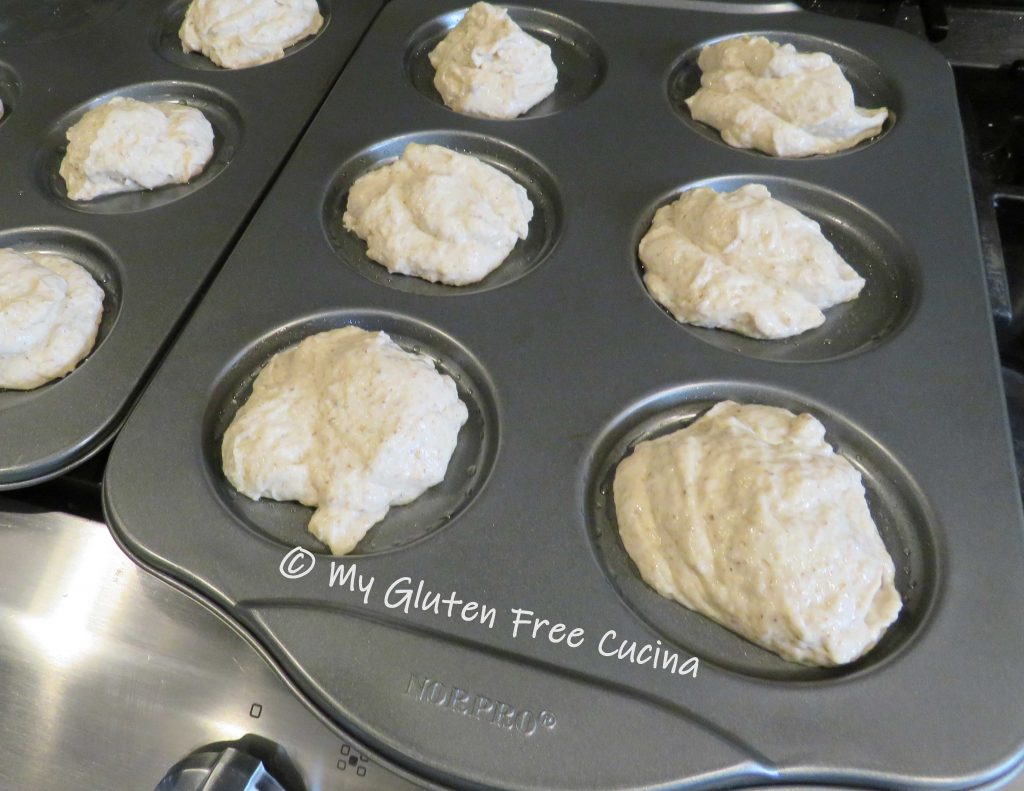
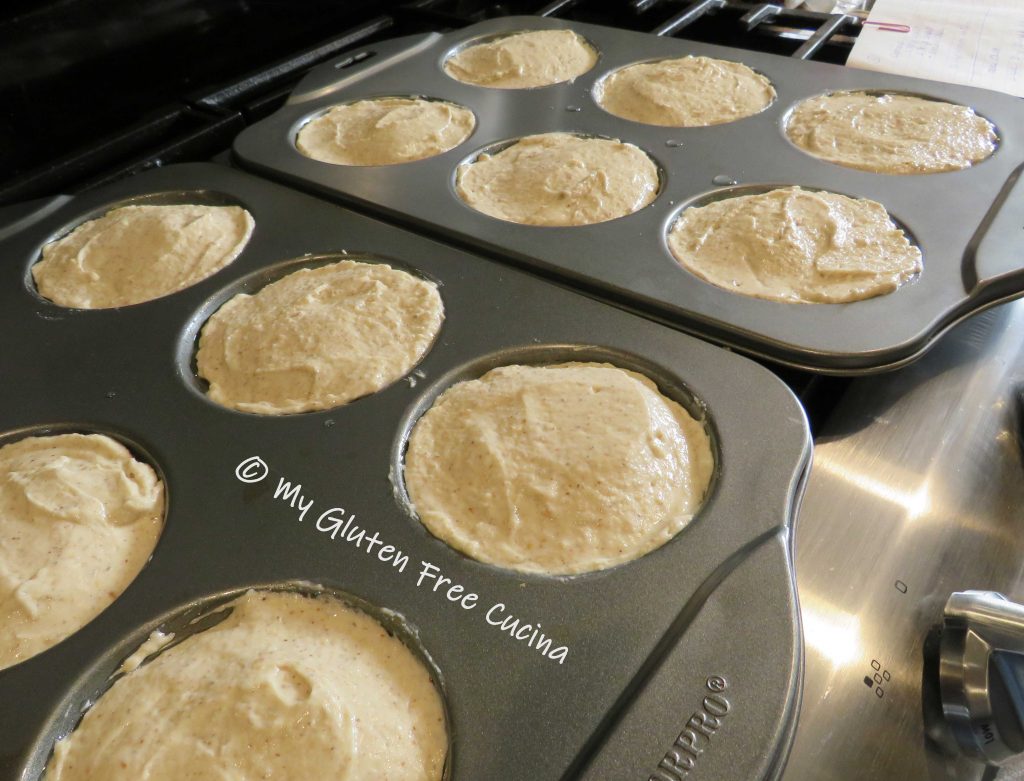
 Bake for 15 minutes, or until the buns reach an internal temperature of 205º.
Bake for 15 minutes, or until the buns reach an internal temperature of 205º.